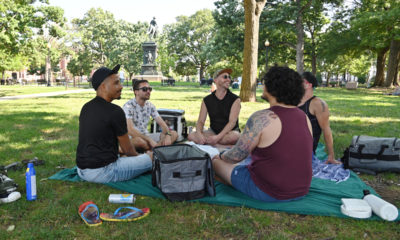Arts & Entertainment
Seeing Stein
Legendary lesbian artist the subject of Portrait Gallery exhibit
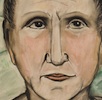
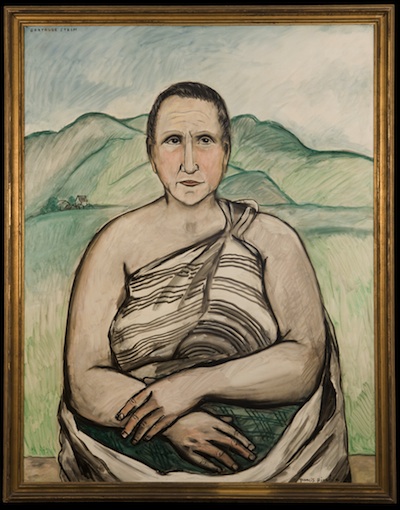
Francis Picabia's 'Portrait of Gertrude Stein,' a 1933 work included in the National Portrait Gallery's current 'Seeing Gertrude Stein' exhibit. (Image courtesy the Portrait Gallery)
The National Portrait Gallery’s (8th and F streets) newest exhibit, “Seeing Gertrude Stein: Five Stories” uses paintings, photos, videos and more to visually tell Stein’s life story.
The exhibit, curated by Wanda M. Corn and Tirza True Latimer, begins in the hallway on the second floor with the first story, “Picture Gertrude.”
This part includes several images of Stein and her family, beginning when she was just a little girl, the youngest of five children.
The oddest piece in this area is “Portrait of Gertrude Stein” by Francis Picabia, done in 1933. Around this time, Stein has gotten a very short haircut, sometimes referred to as a Caesar cut, and Picabia portrayed her as “imperial.”
Unlike like other photos and paintings, Picabia fictionalized the background and Stein’s clothing, painting her in a toga like dress, leaving her arms bare. No other images in the collection picture Stein in even short sleeves.
The second story, “Domestic Stein” really explores the relationship between Stein and partner Alice B. Toklas, specially their life at home.
This part of the exhibit includes many photos of the couple’s home and some of their belongings, including two vests, or “waistcoats,” worn by Stein and a few pieces of jewelry. A section of the room is wallpapered with a pattern the couple used in their bedroom.
The third story, “Art of Friendship,” looks at the wide circle of artists Stein befriend throughout her life, including a group of lesser known younger male artists, writers and composers.
A quotation by Stein, painted above a grid of some of these younger artists, reads “We are surrounded by homosexuals, they do all the good things in all the arts.”
One of these younger artists was Sir Francis Cyril Rose, whom Stein thought would be the next Picasso. After her death, Rose created a silk scarf, featuring a neoclassical bust of Stein surrounded by an inaccurate version of her most famous maxim, “rose is a rose is a rose is a rose,” and each corner of the scarf had a different focus.
The fourth story, “Celebrity Stein,” focuses on a six-month tour Stein went on in the U.S. and her activities during the world wars.
In the middle of a room between the fourth and fifth “story,” there’s a single, Buddha-like sculpture of Stein by Jo Davidson. A recording of Stein reading two of her word portraits, “If I Told Him: A Completed Portrait of Picasso” and “An Early Portrait of Henri Matisse,” echoes through the room.
This part of the exhibit serves as a transition from Stein’s life to works inspired by her after her death.
One of the most interesting pieces in the exhibit is part of the fifth story, Legacies, which explores the influence Stein had on American artists such as Andy Warhol, Deborah Kass and more.
“After Picasso” by Devorah Sperber is an interesting take on what is probably the most classic image of Stein. Sperber strung 5,024 spools of thread on chains to create what at first appears to be an abstract image, but when viewed through a clear acrylic sphere, the image is inverted and the “pixels” comes together.
A book by Corn and Latimer, also titled “Seeing Gertrude Stein: Five Stories” accompanies the exhibit and is available for purchase in the museum’s gift shop.
The gallery has also organized special programs and events in conjunction with the exhibit.
Proof Restaurant (775 G St., N.W.) will have a special, four-course menu inspired by Toklas for $59 while the exhibit is open. There will also be two portrait story days with a focus on Stein on Saturday at 4 p.m. and Sunday at 5 p.m. Younger visitors will have the opportunity to listen to a story about Stein as well as create their own piece of art.
On Nov. 4, the Art History Program of American university is holding a lunch, tour and program as part of the second annual Feminist Art History Conference. For more information on this event, visit american.edu/cas/art-history/femconf/index.cfm.
The exhibit opened Oct. 14 and will run through Nov. 3.
Photos
PHOTOS: Montgomery County Pride in the Plaza
LGBTQ celebration held in downtown Silver Spring
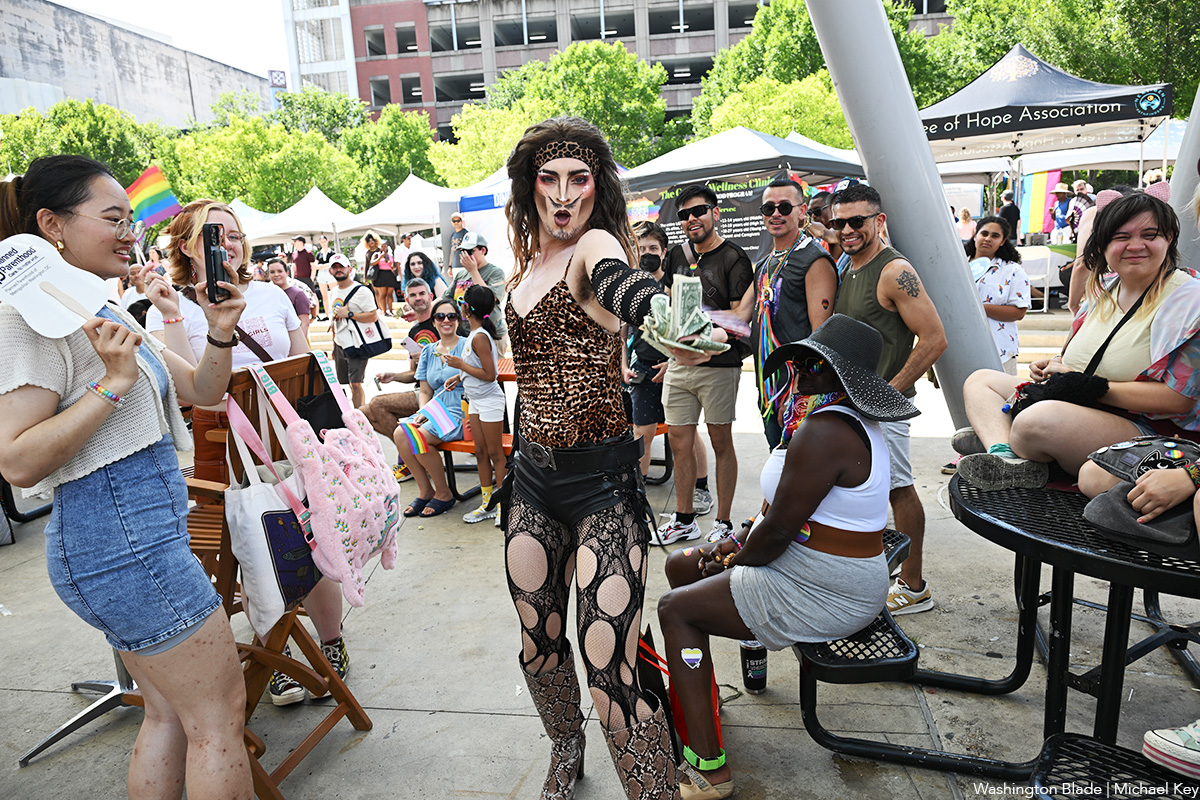
Montgomery County Pride in the Plaza was held on Sunday, June 29 at Veterans Plaza in Silver Spring, Md.
(Washington Blade photos by Michael Key)
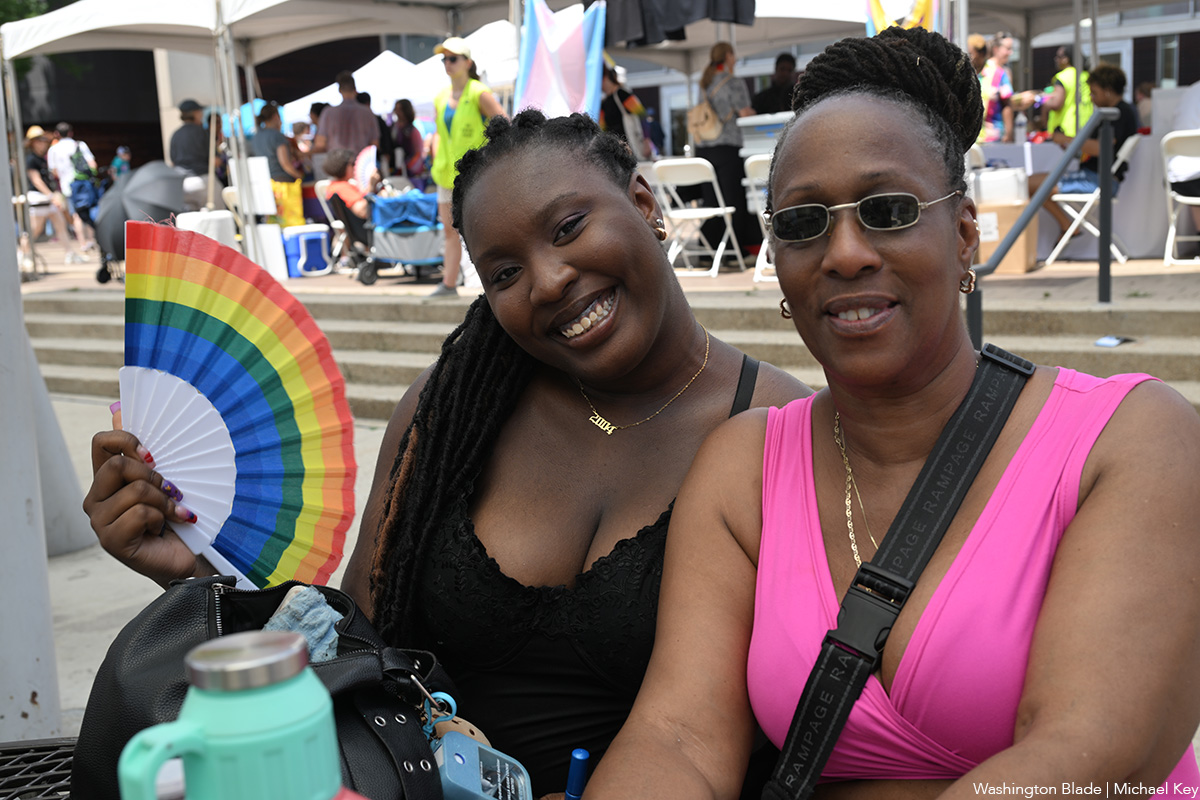
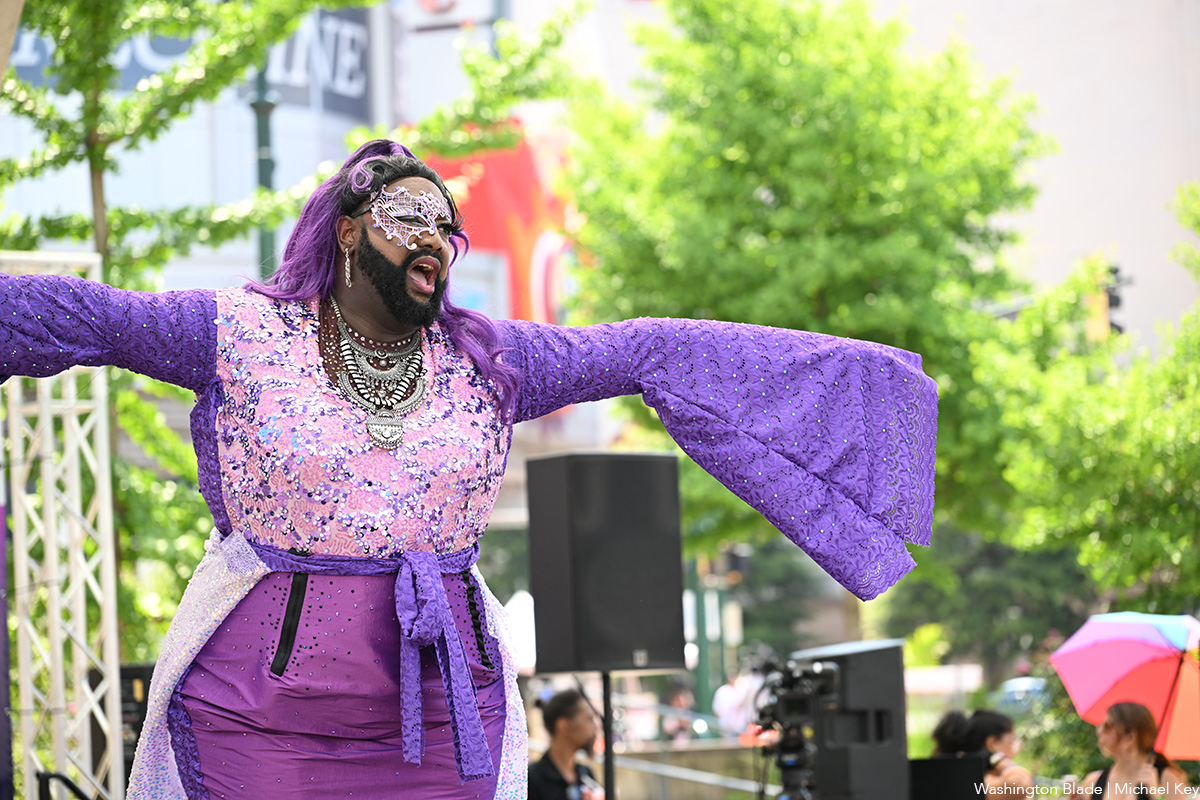
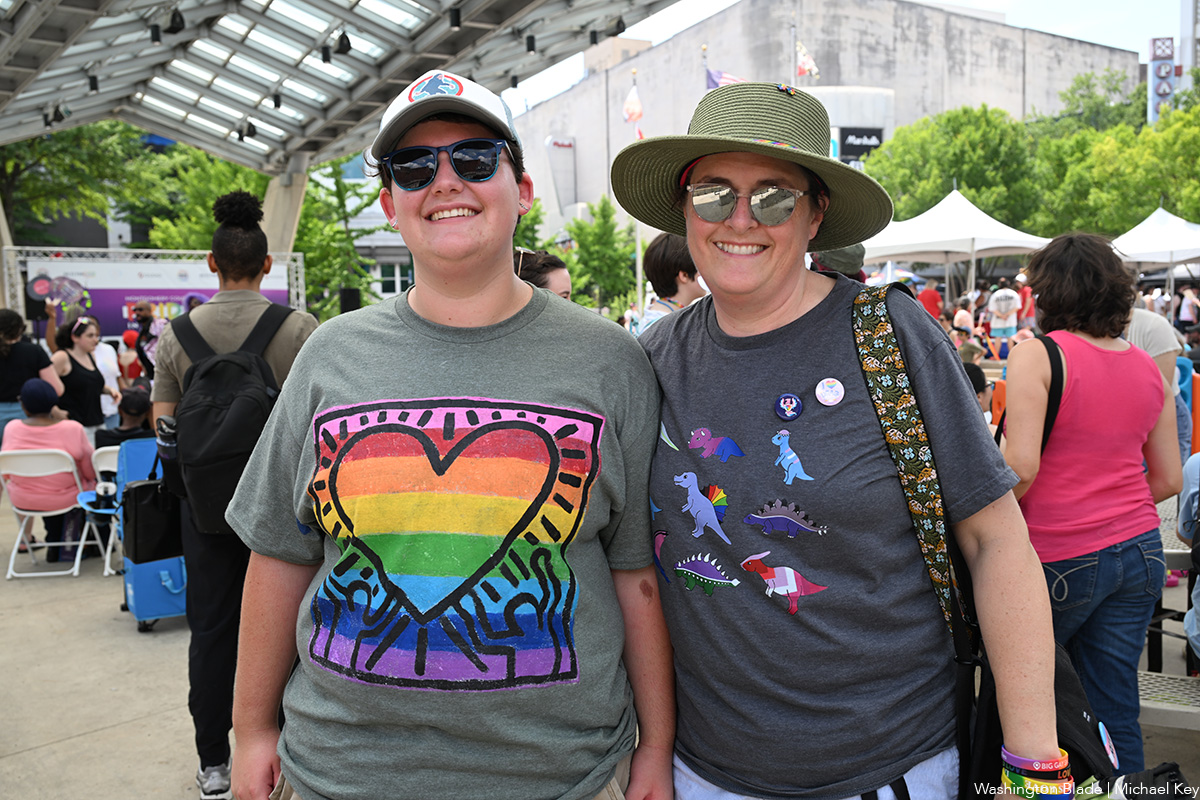
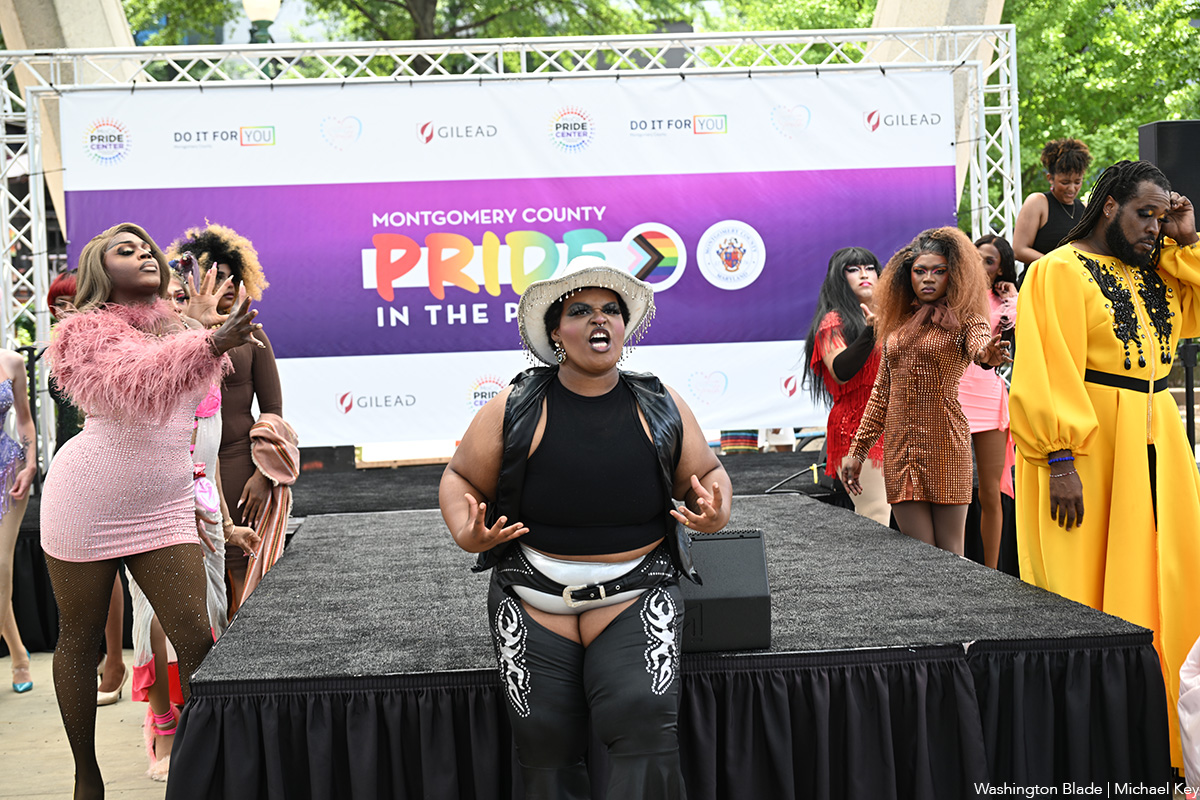
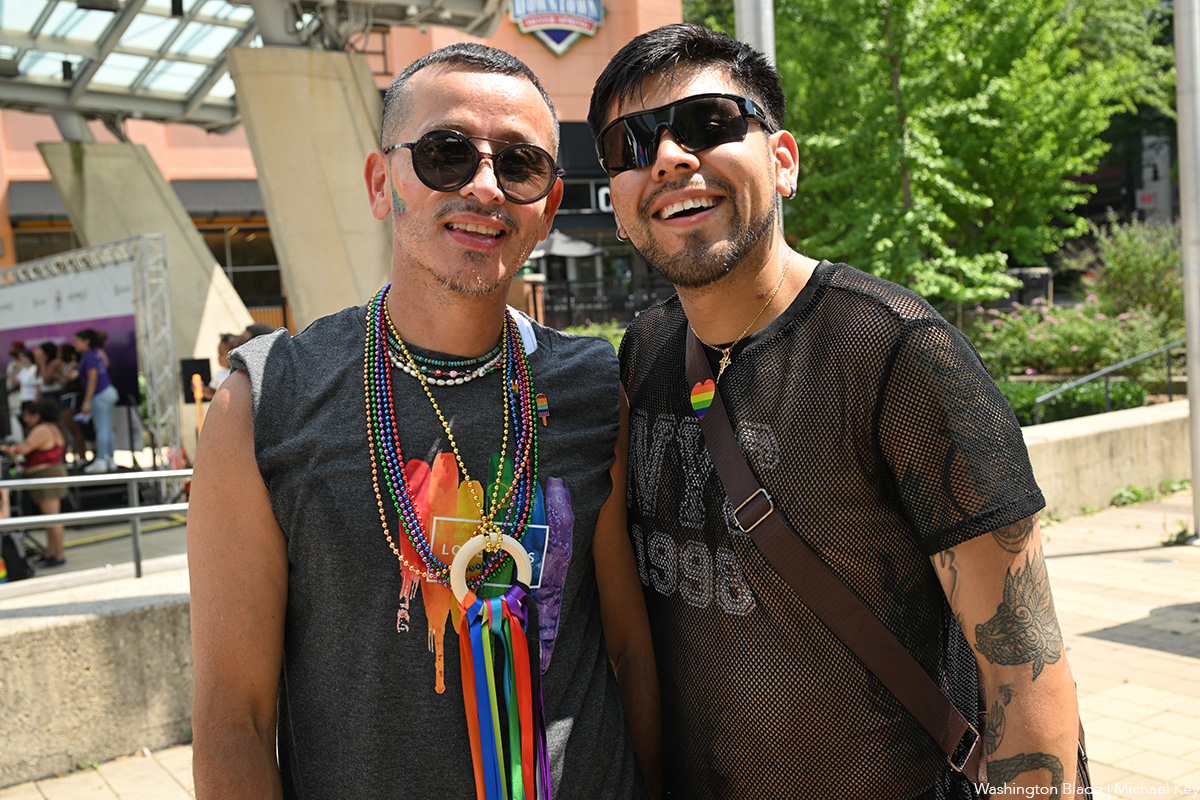
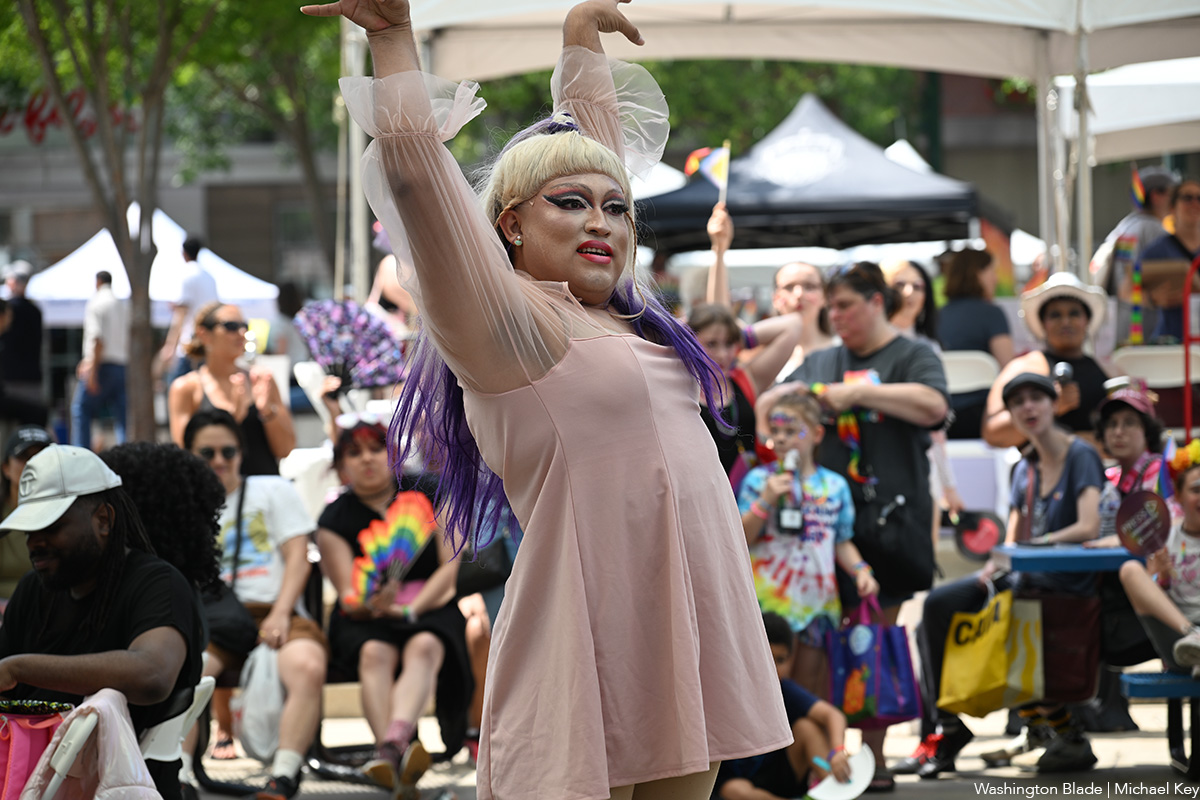
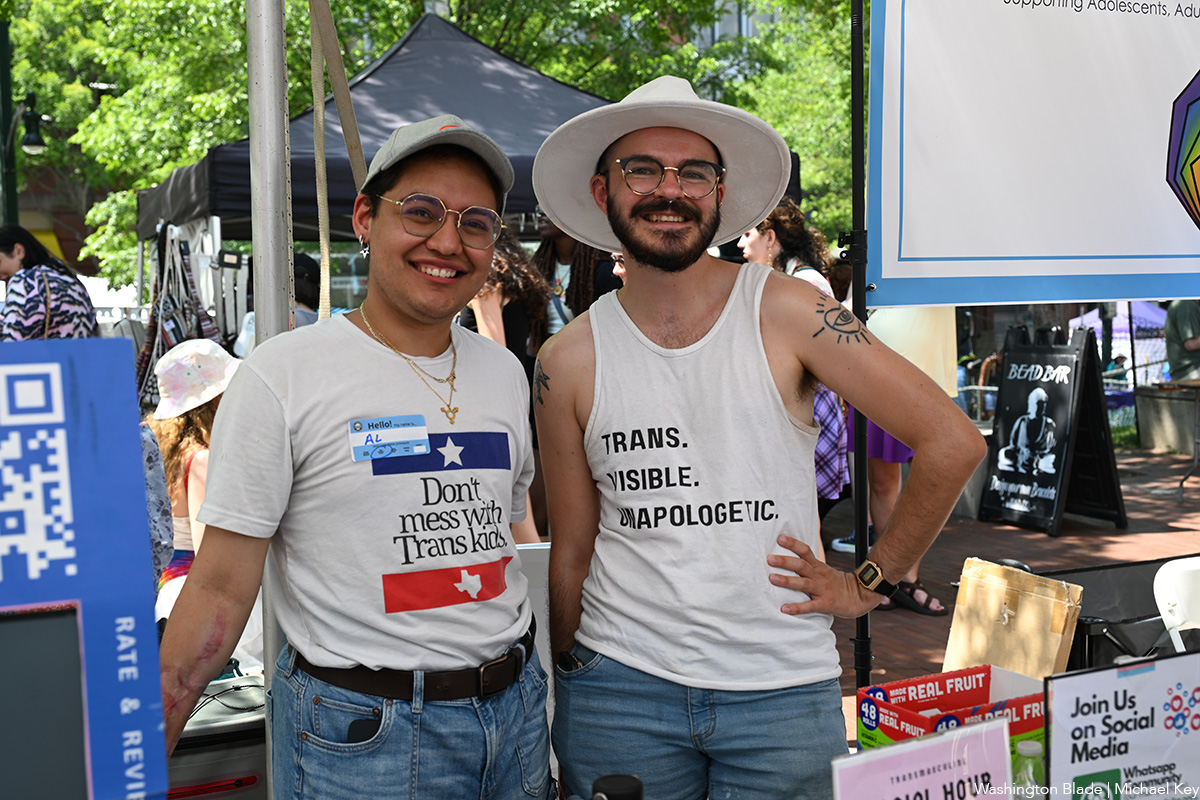
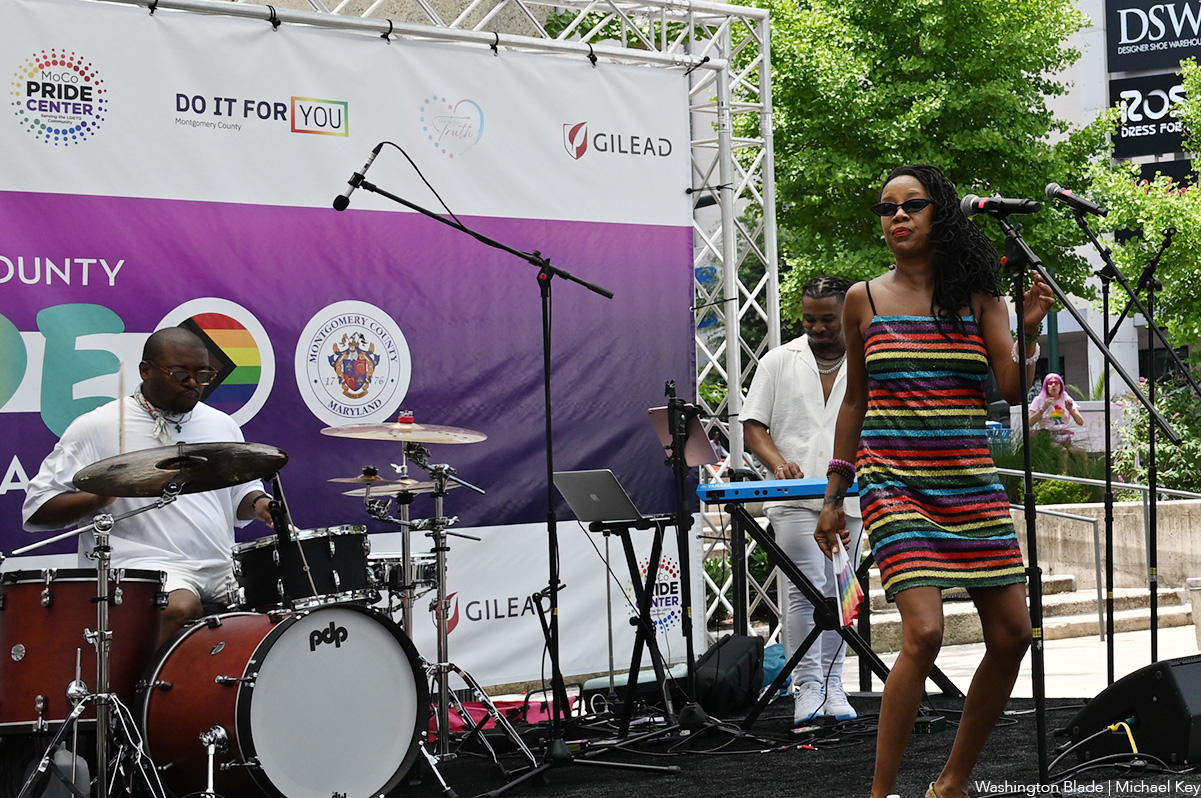
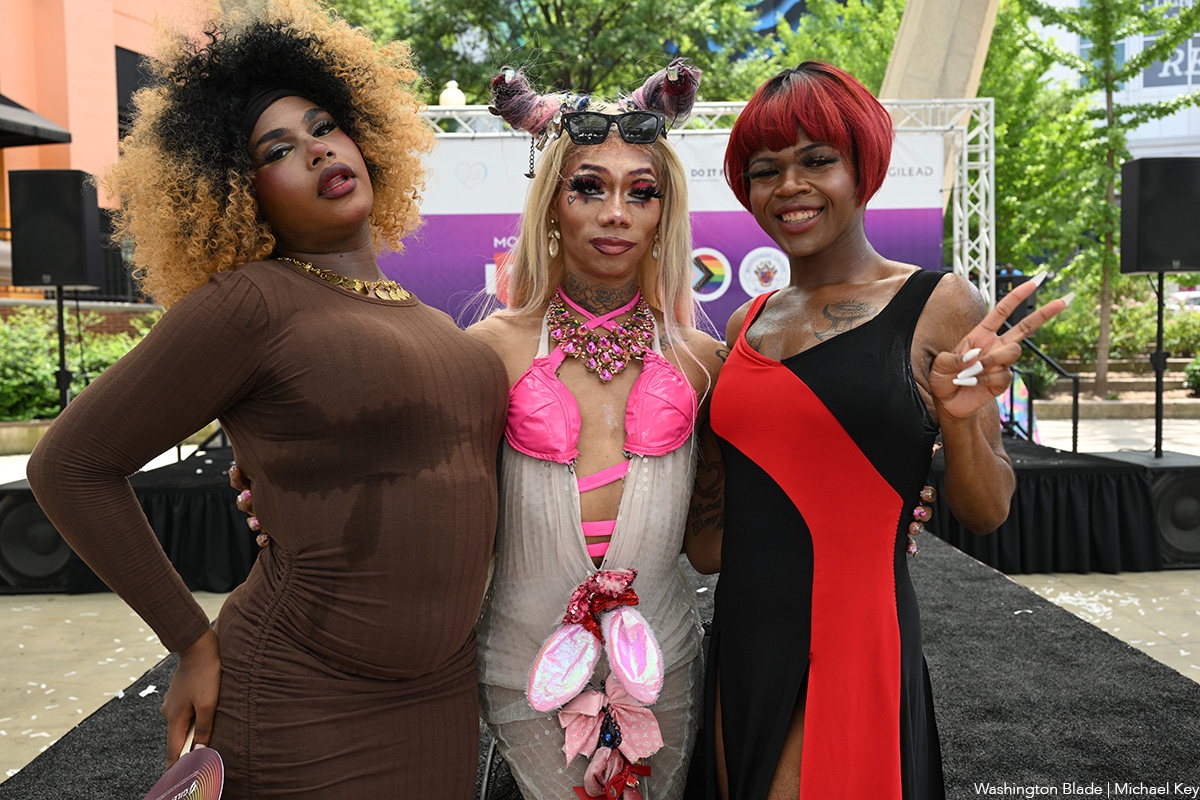
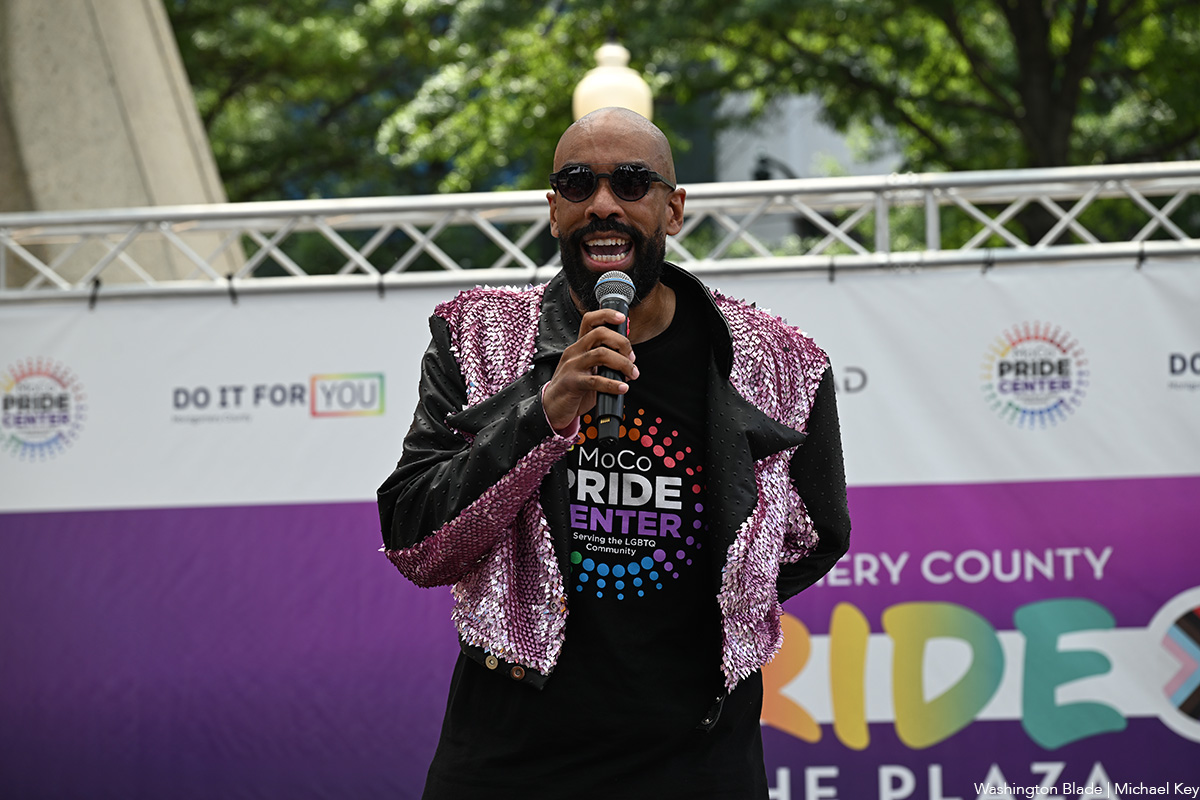
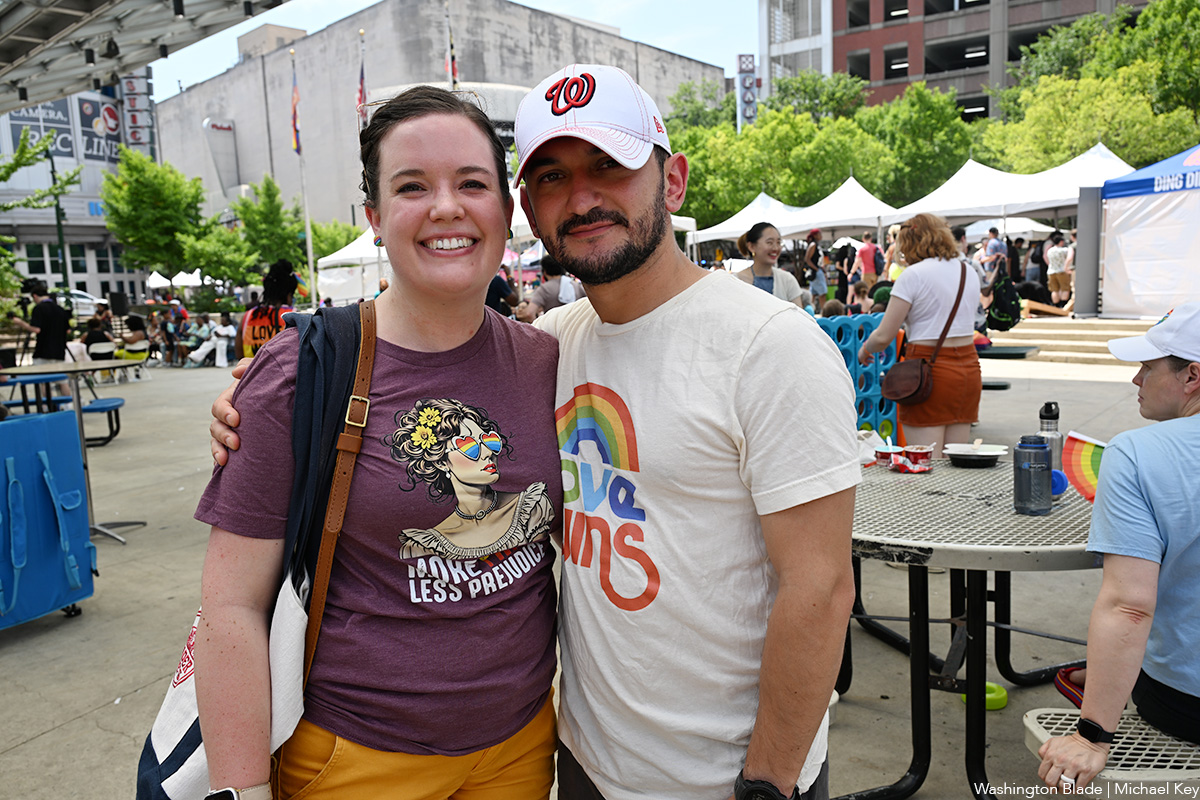
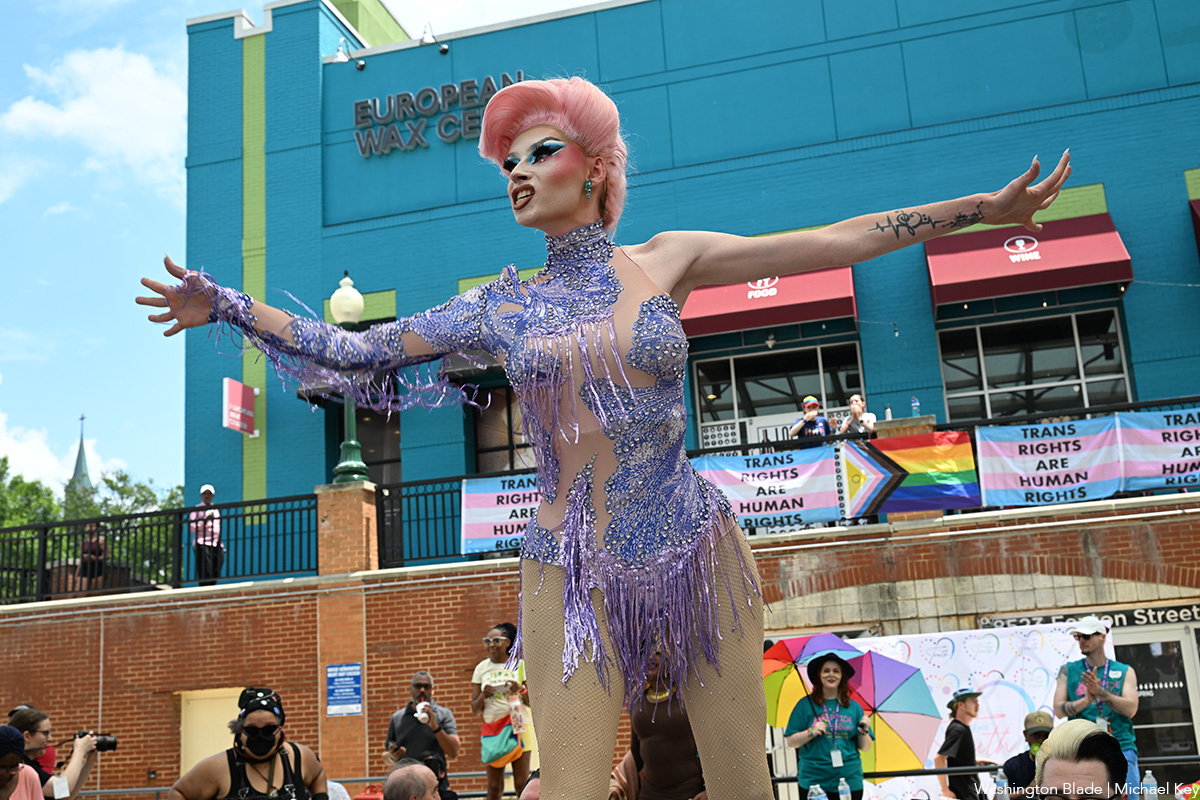
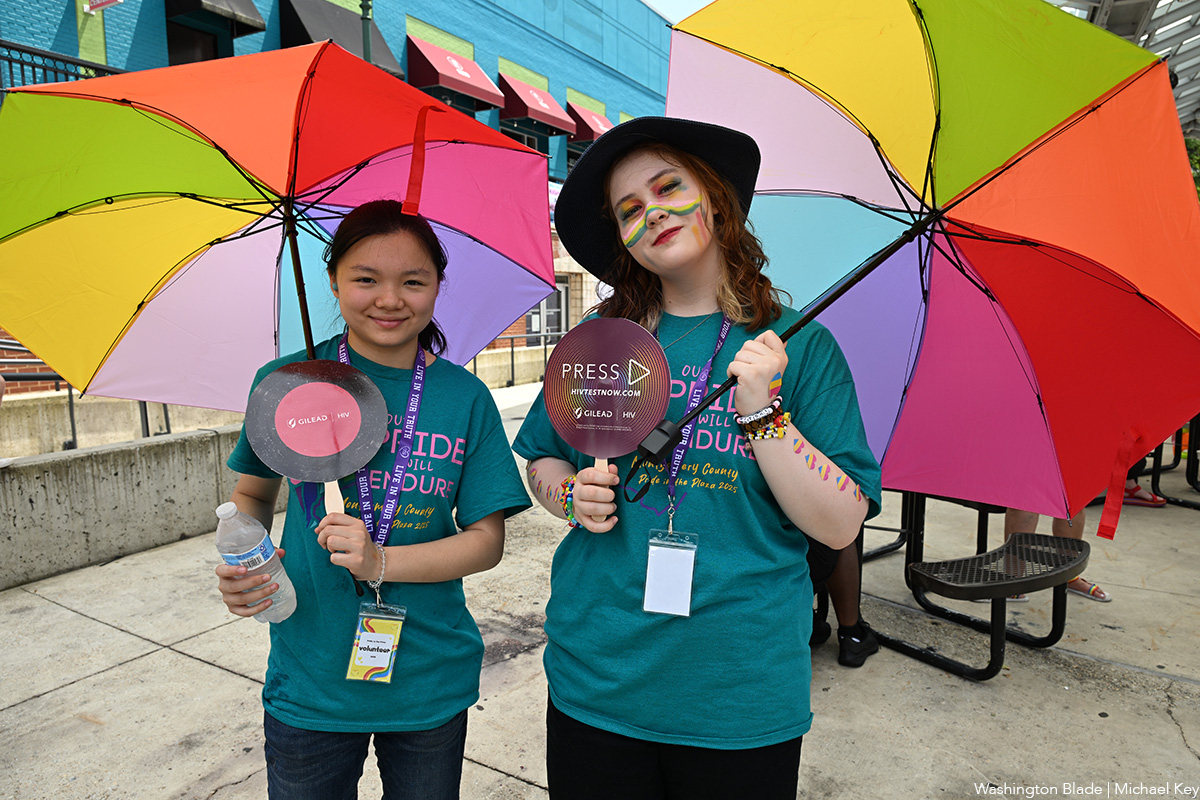
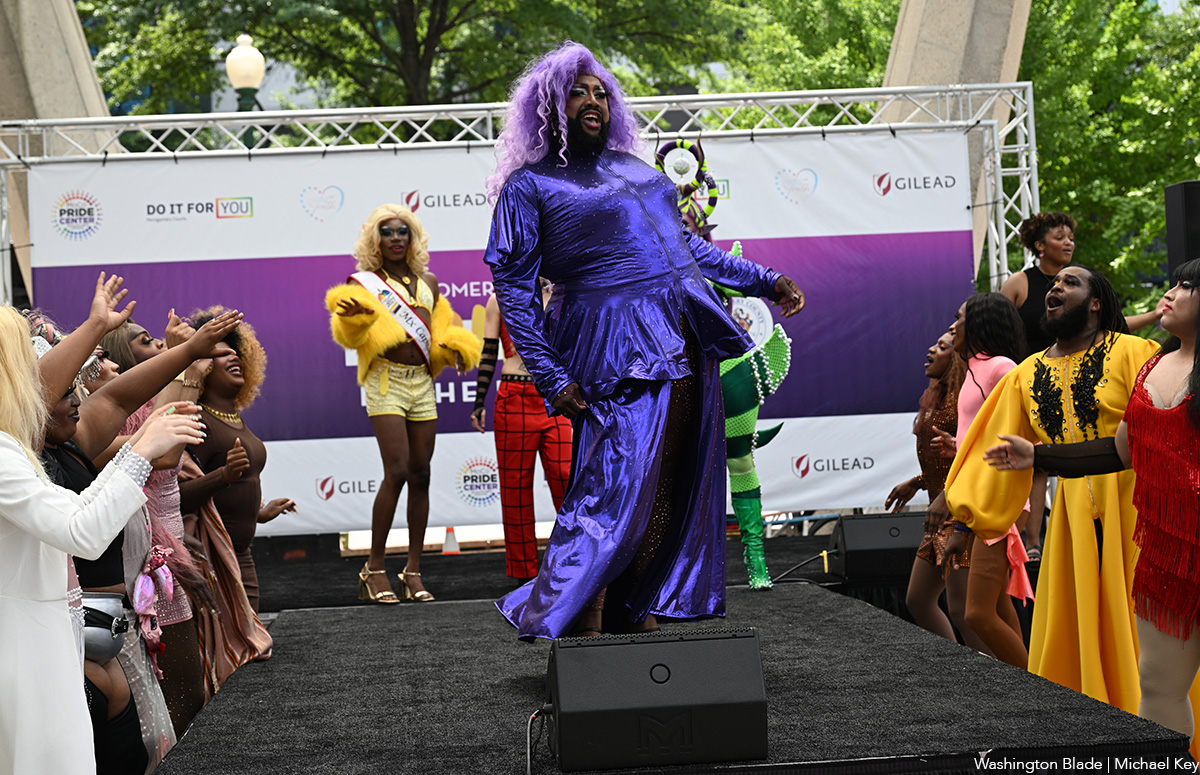
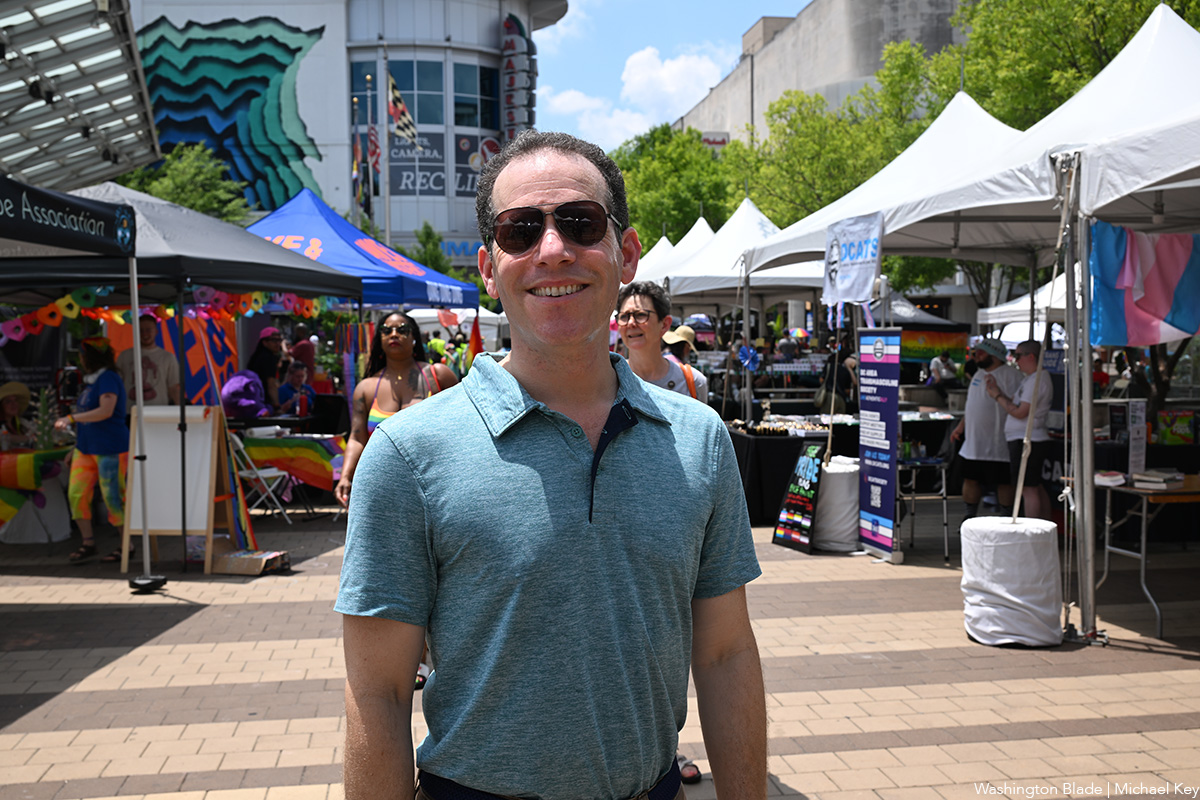
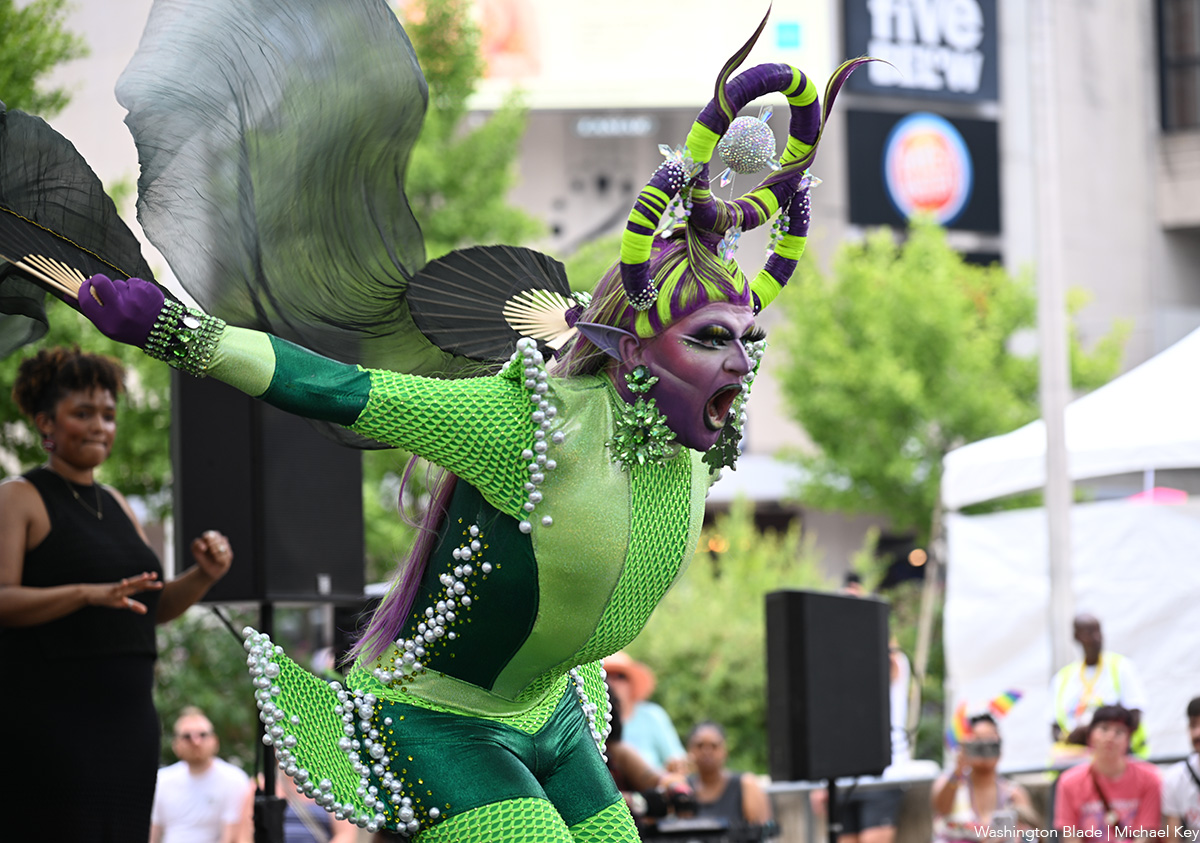
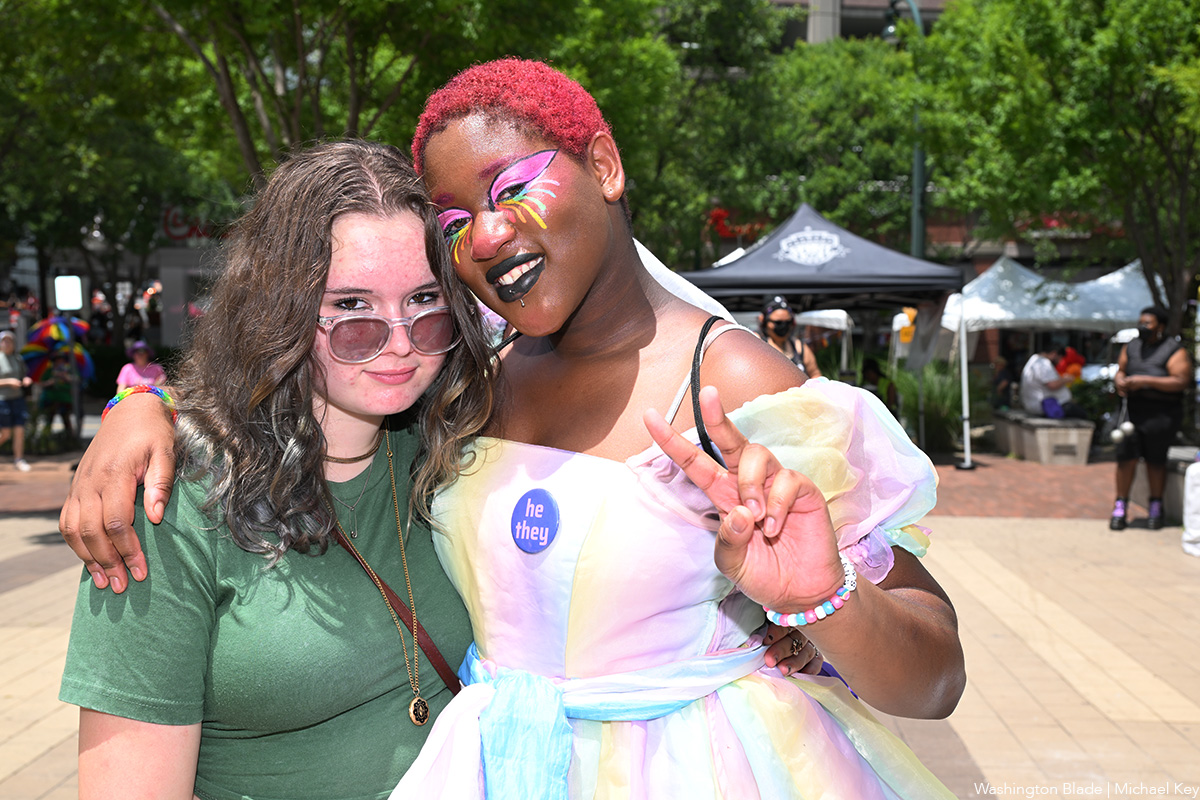
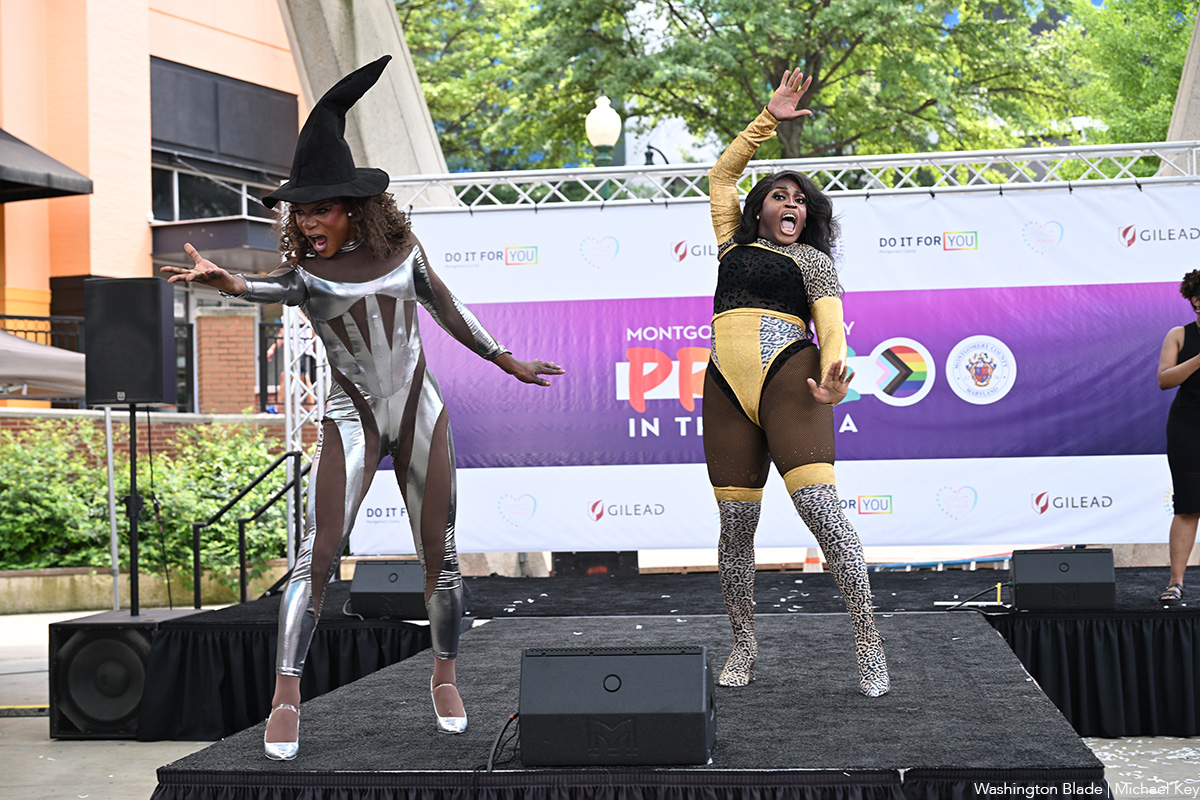
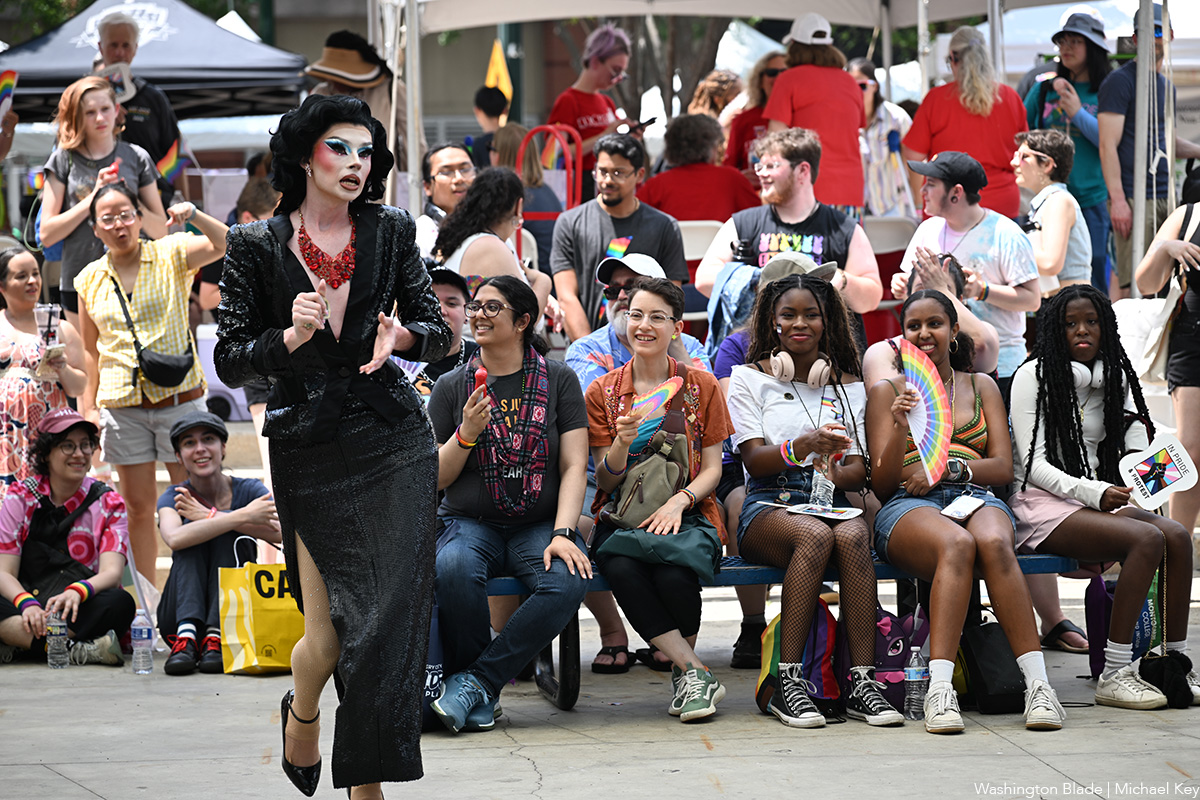
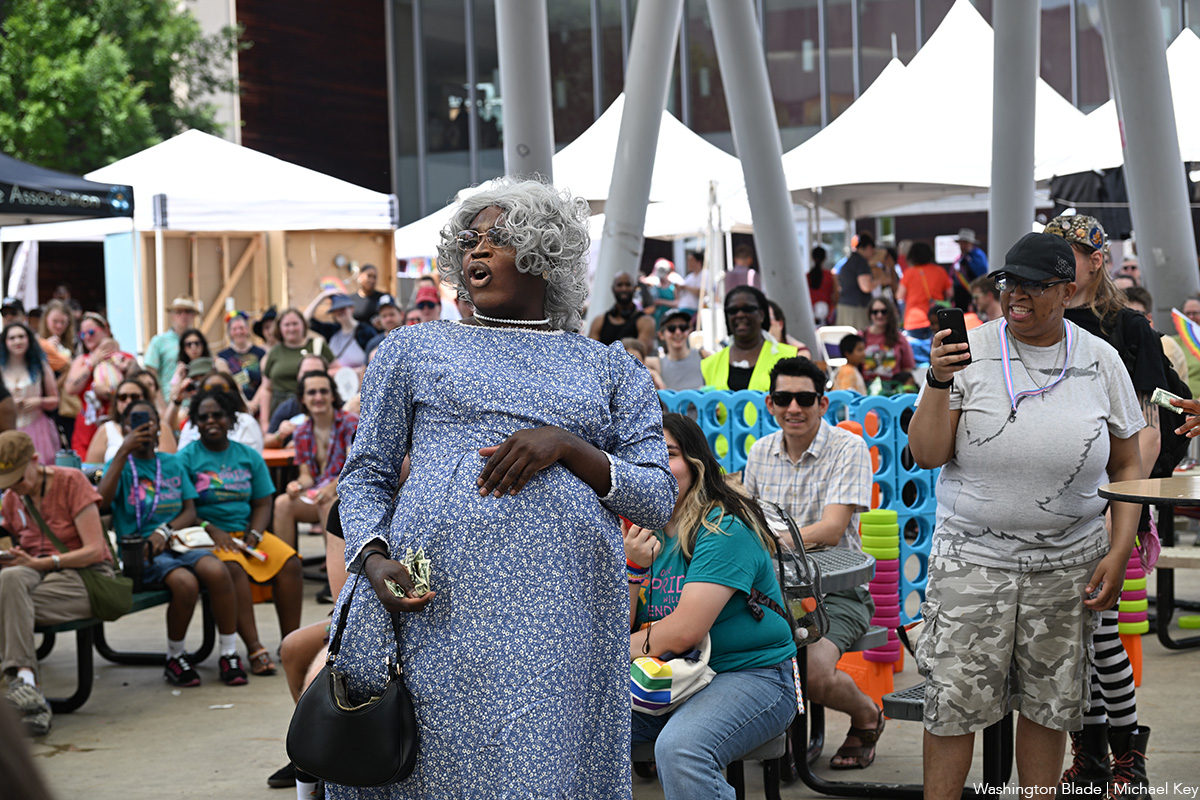
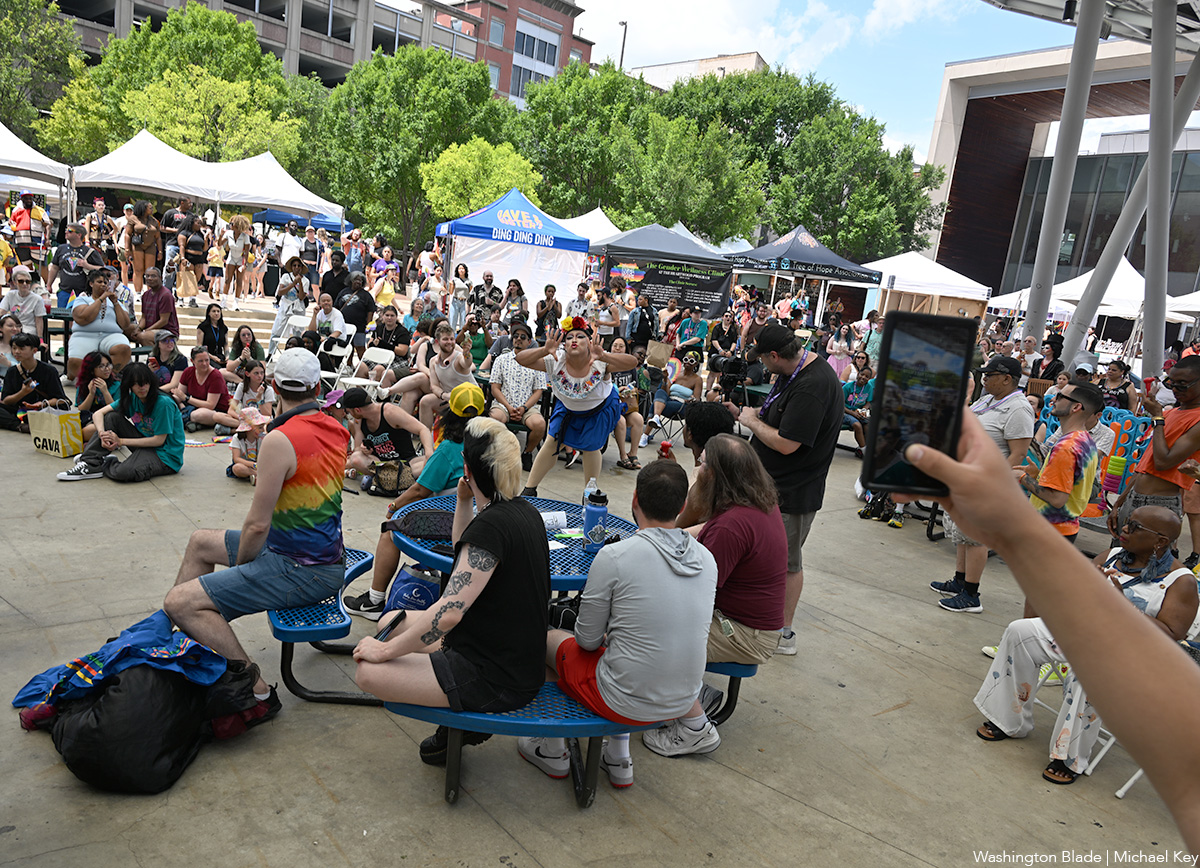
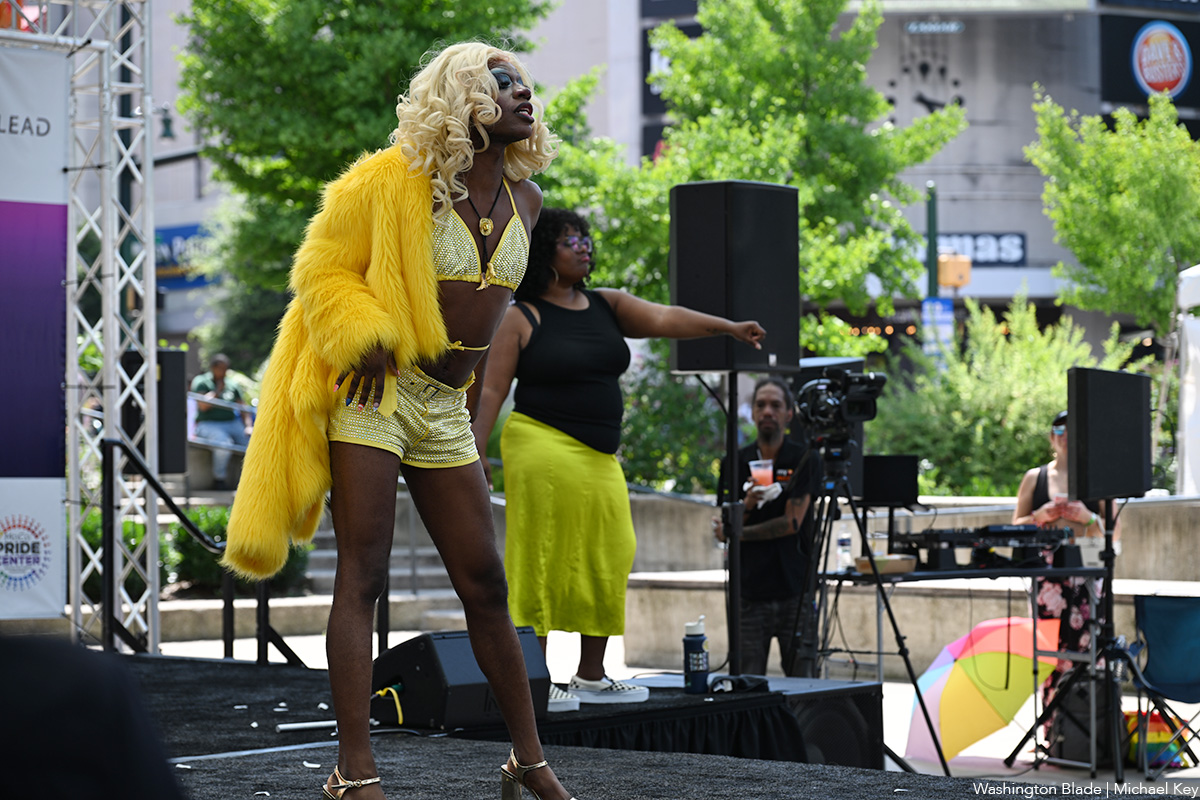
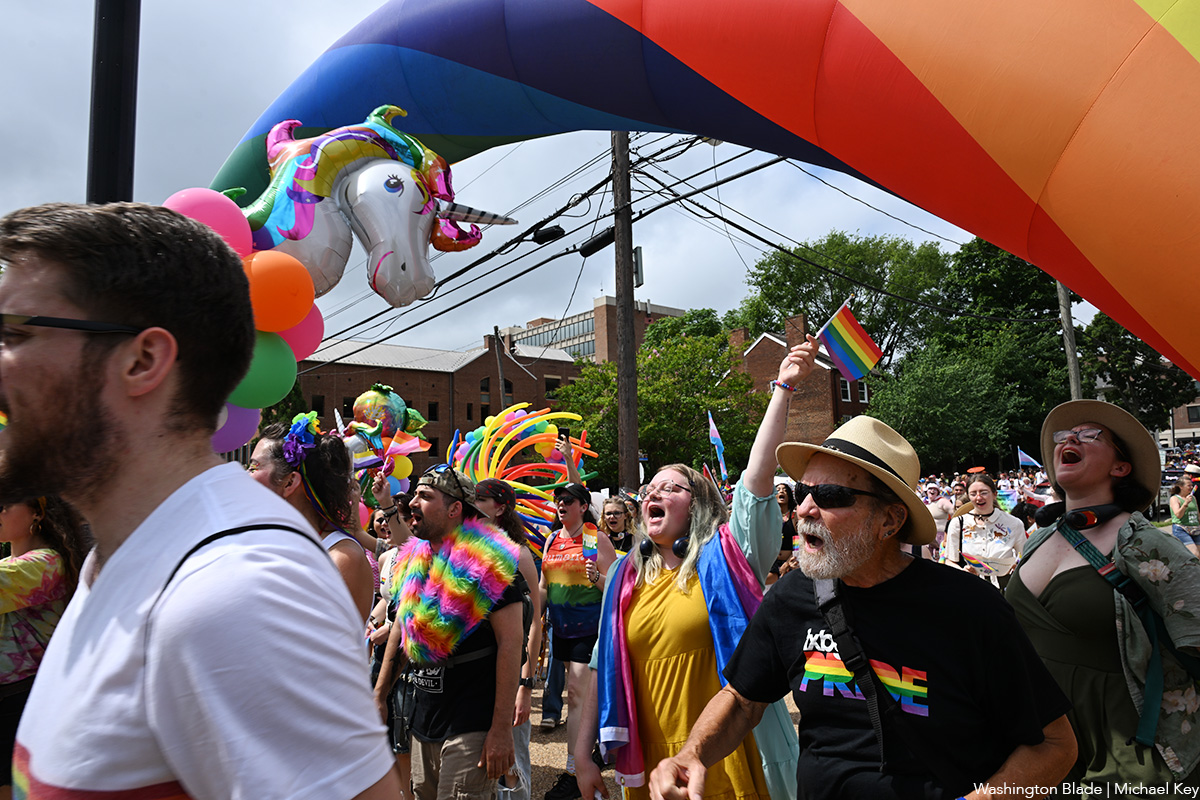
The fifth annual Fredericksburg Pride march and festival was held on Saturday, June 28. A march through the streets of downtown Fredericksburg, Va. was followed by a festival at Riverfront Park.
(Washington Blade photos by Michael Key)
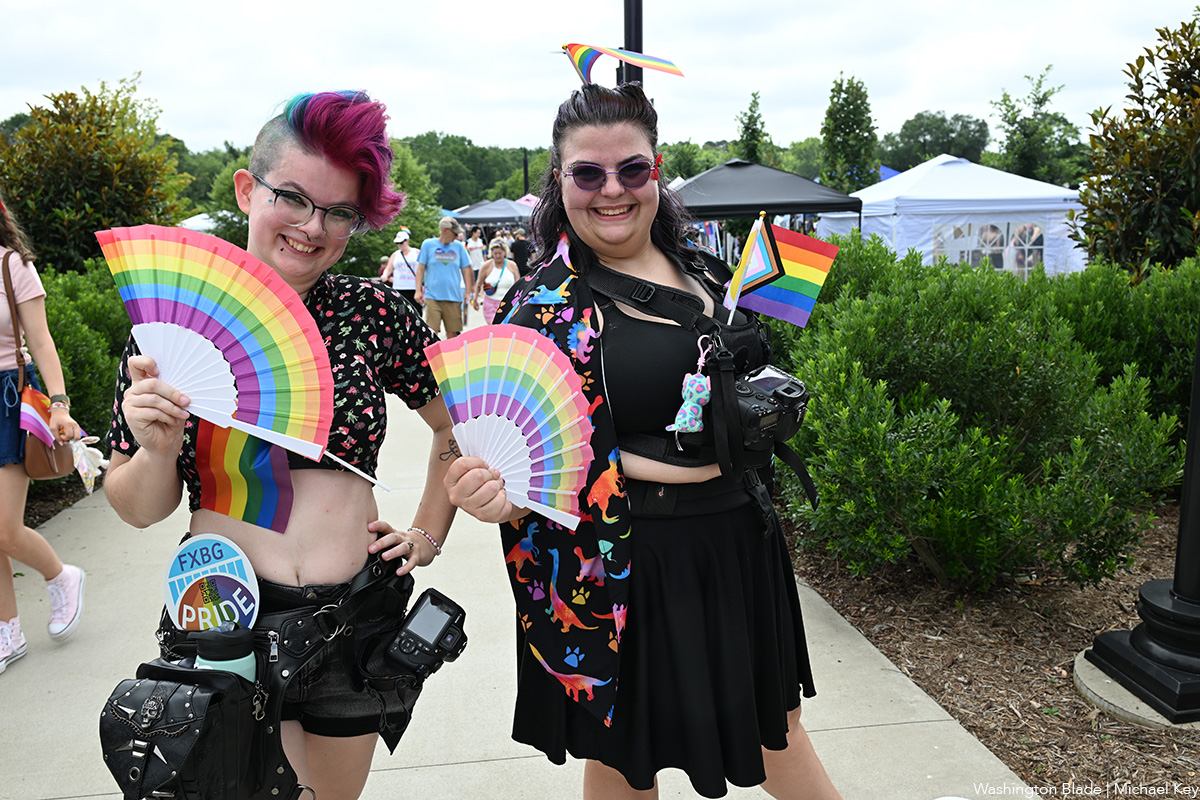
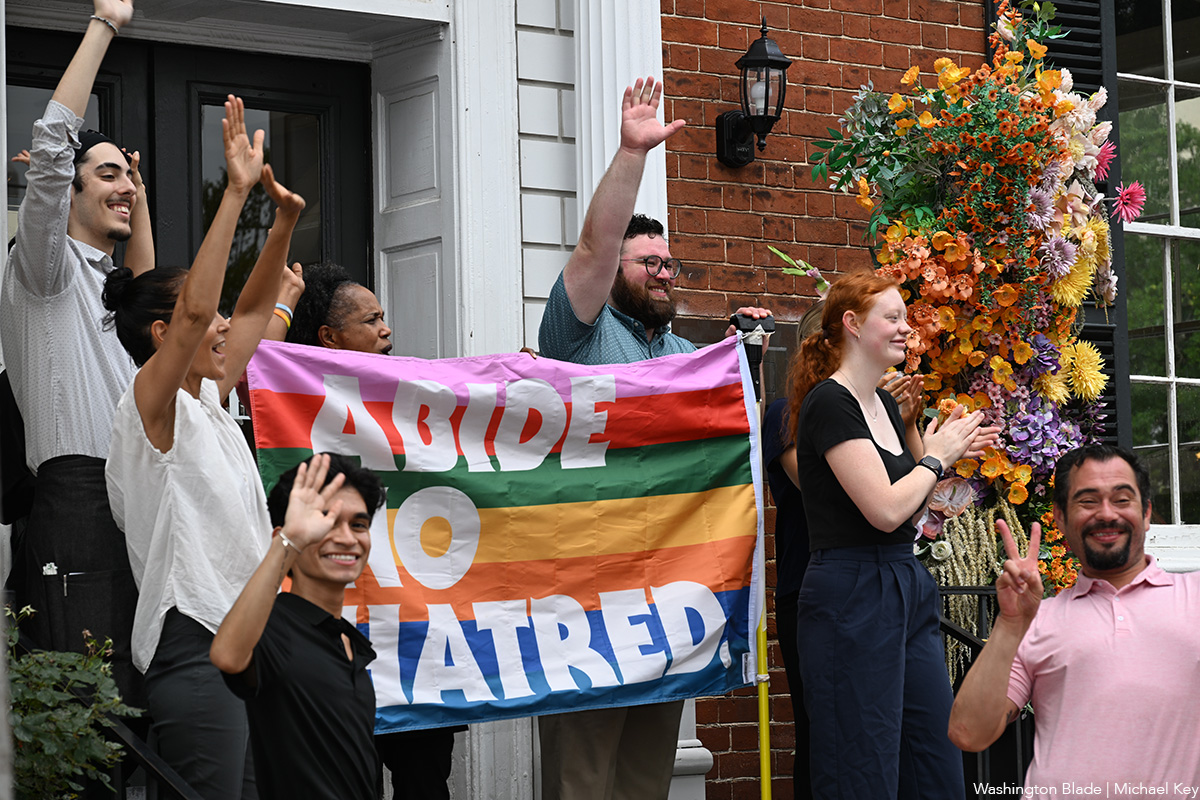
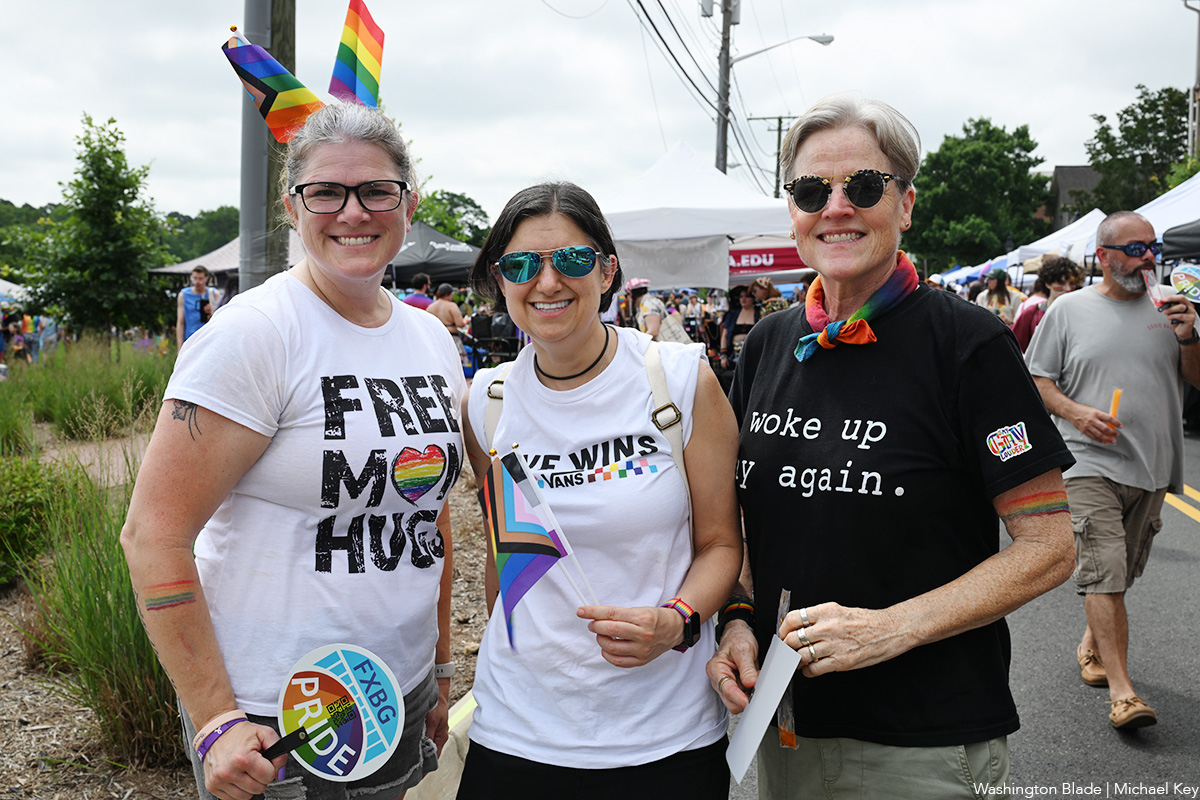
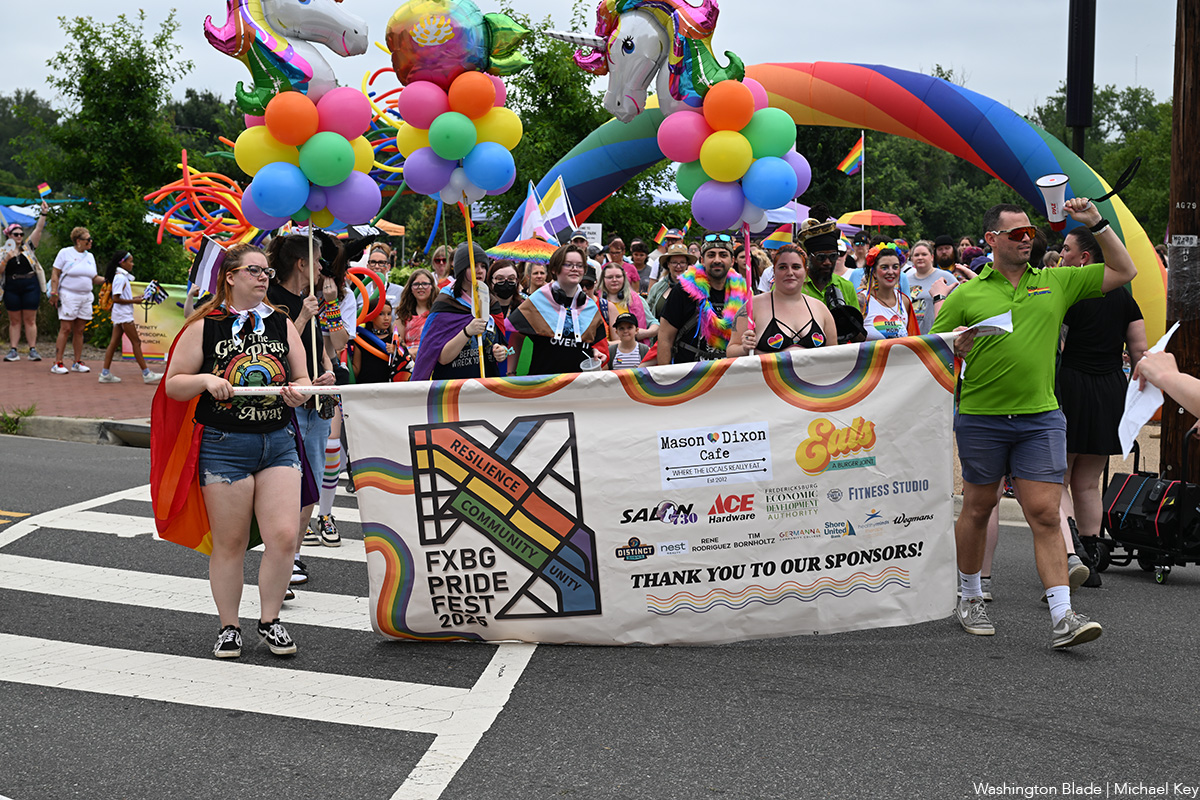
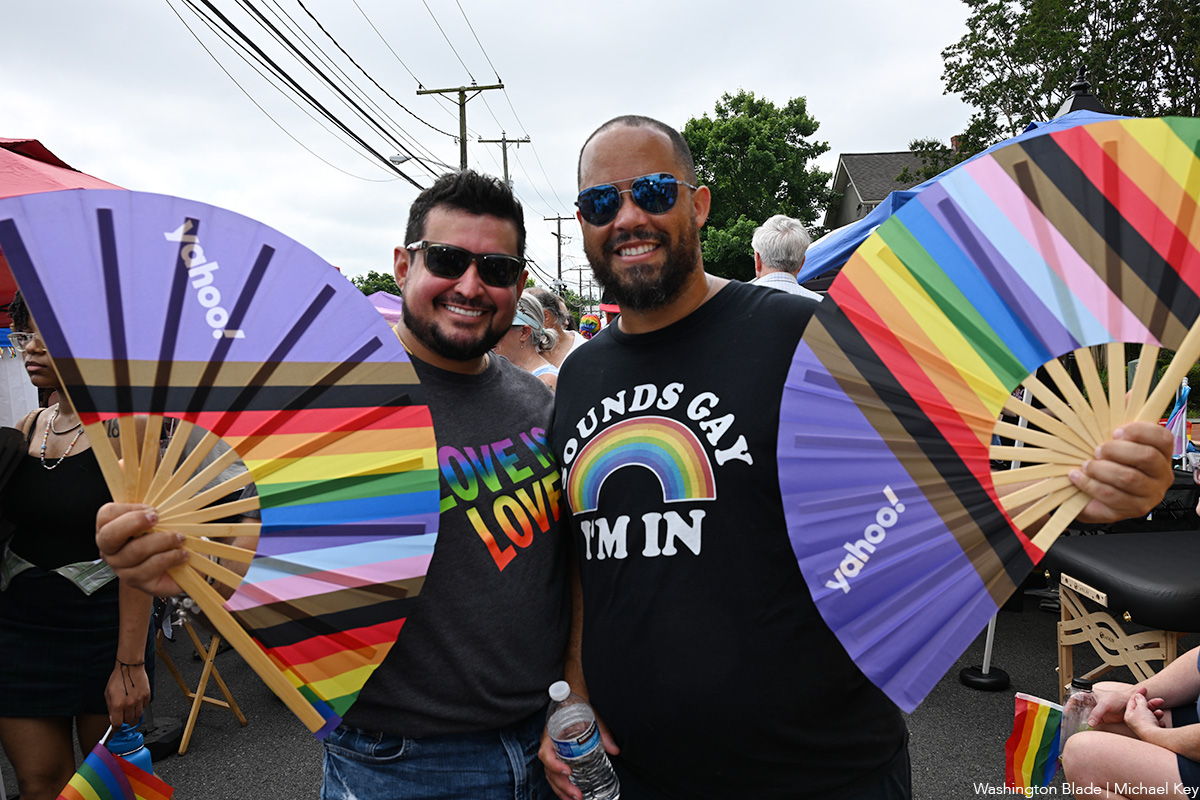
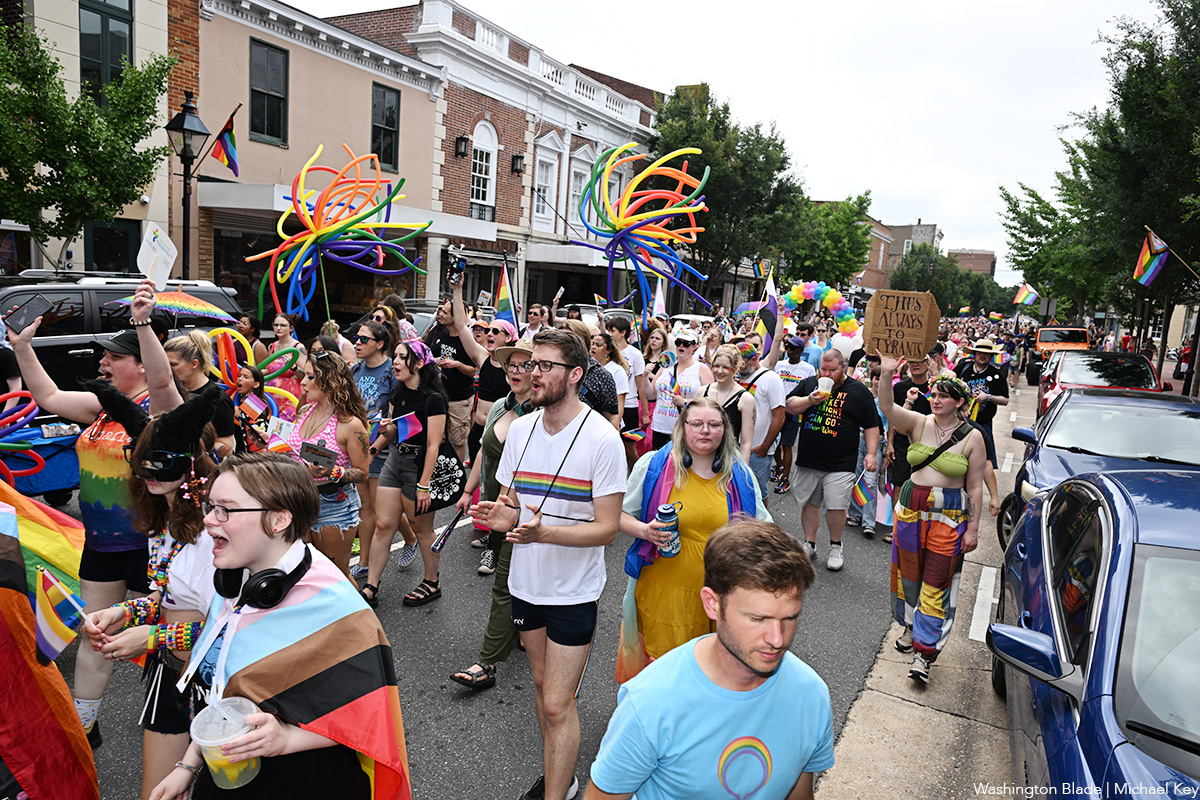
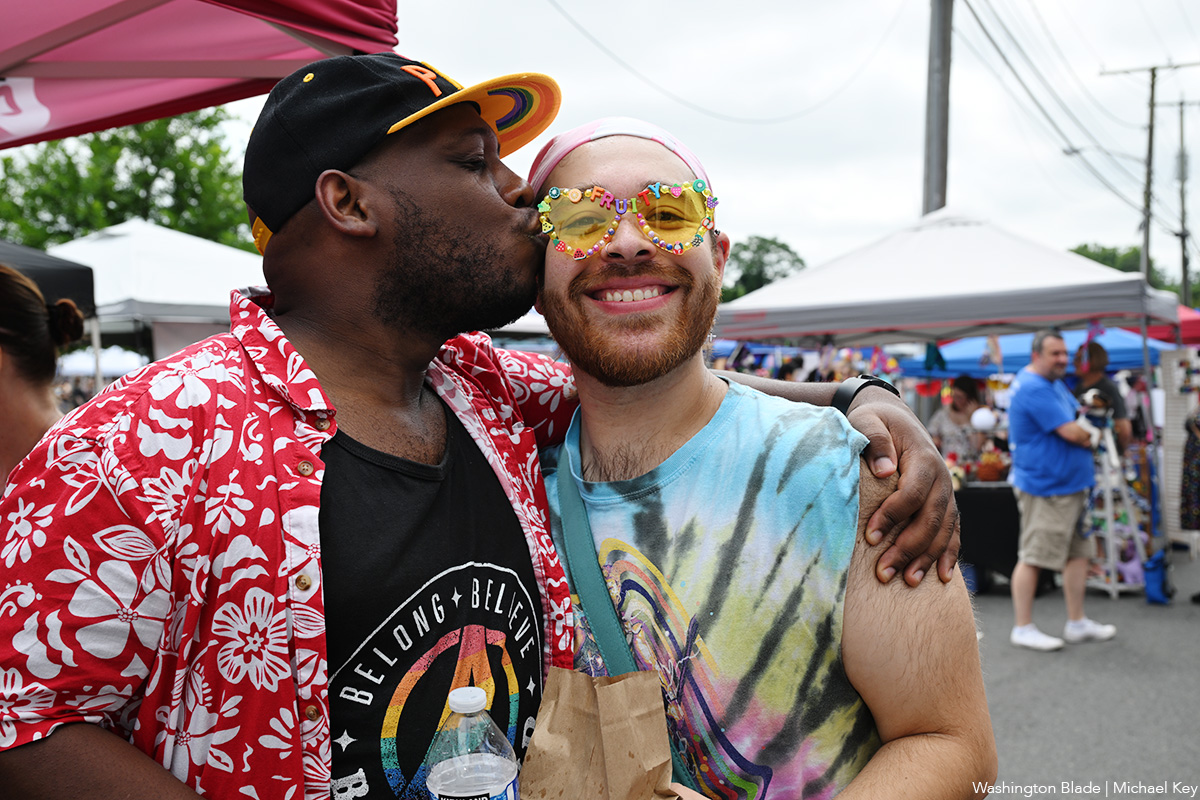
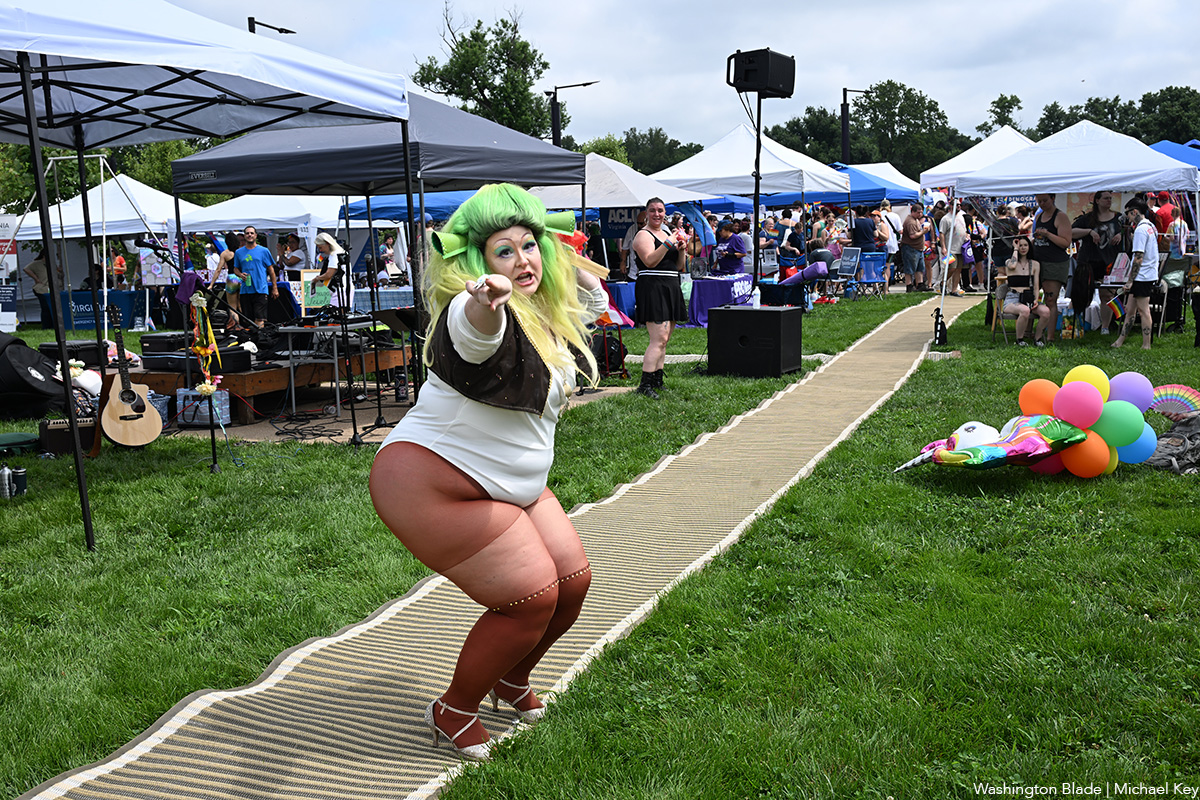
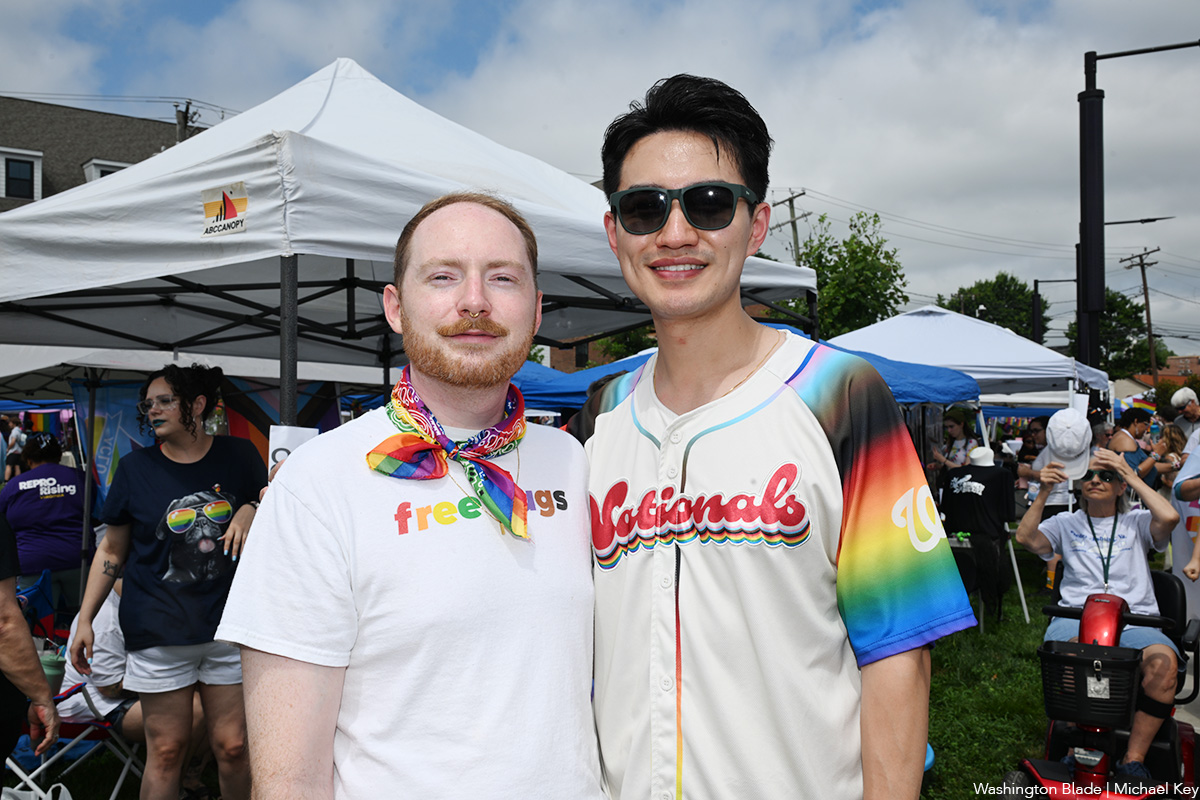

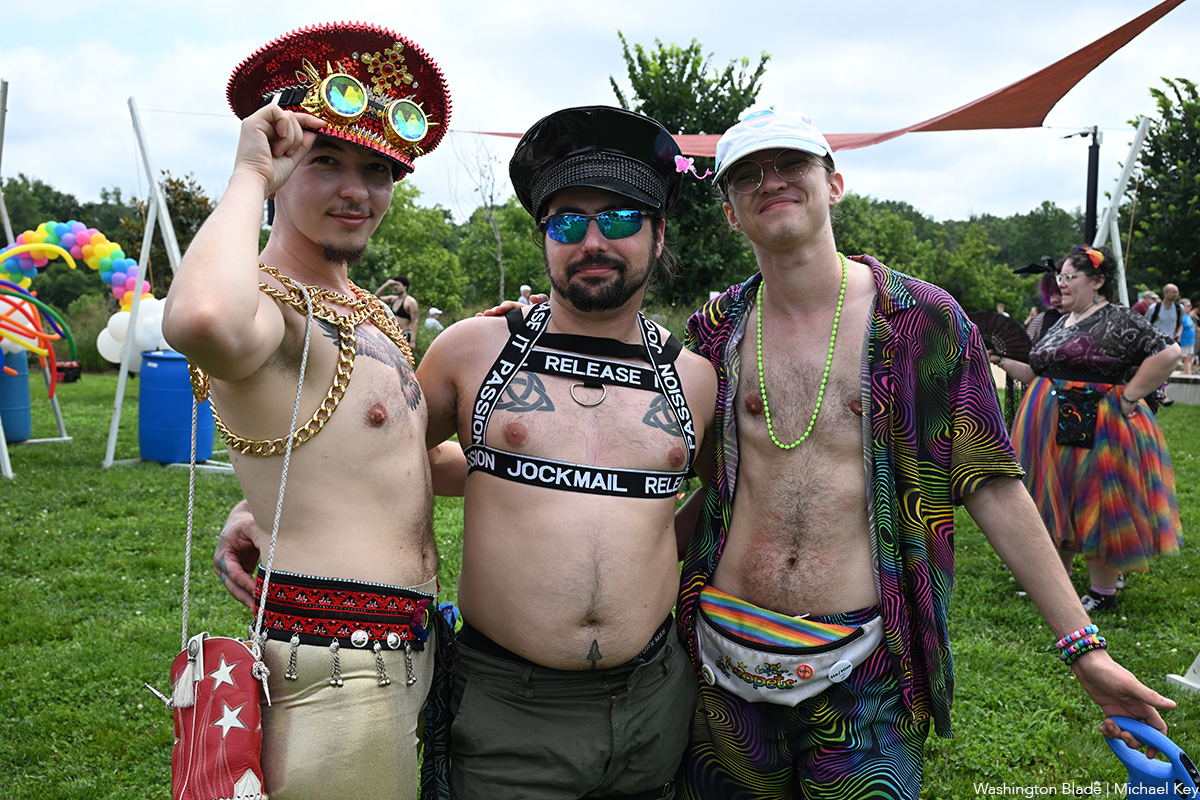
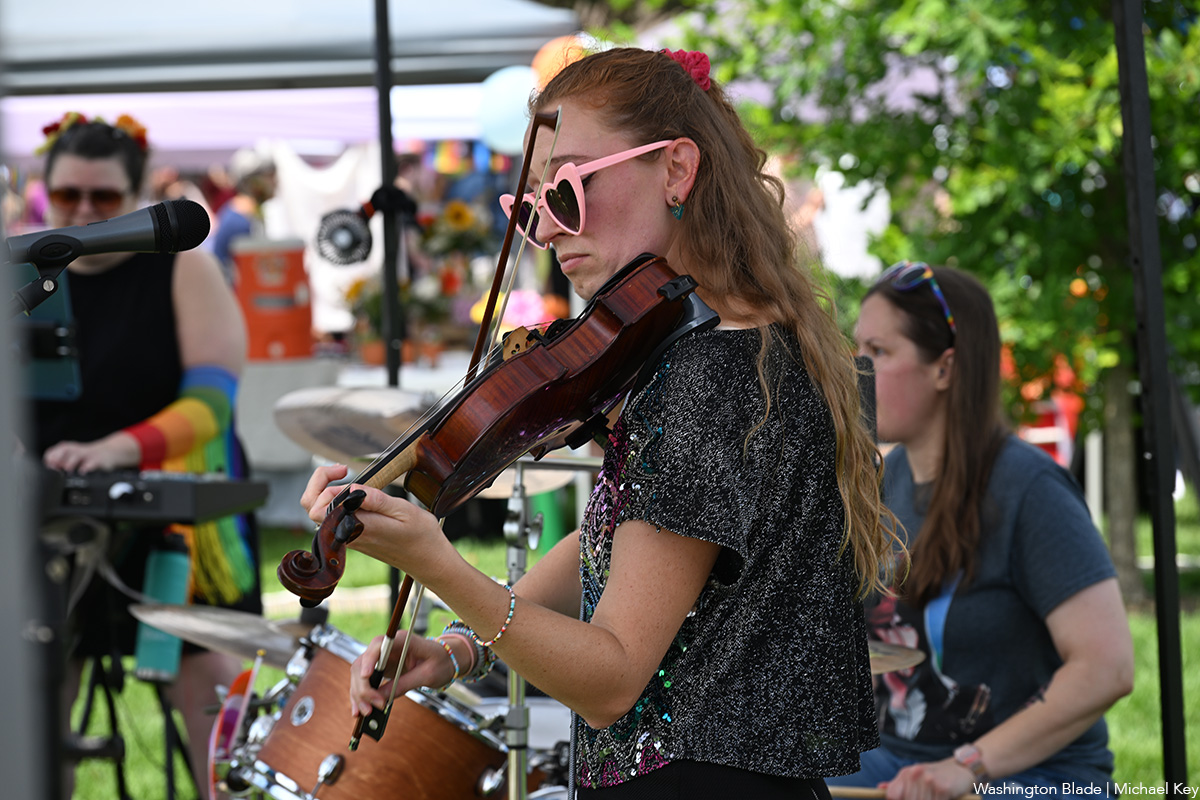
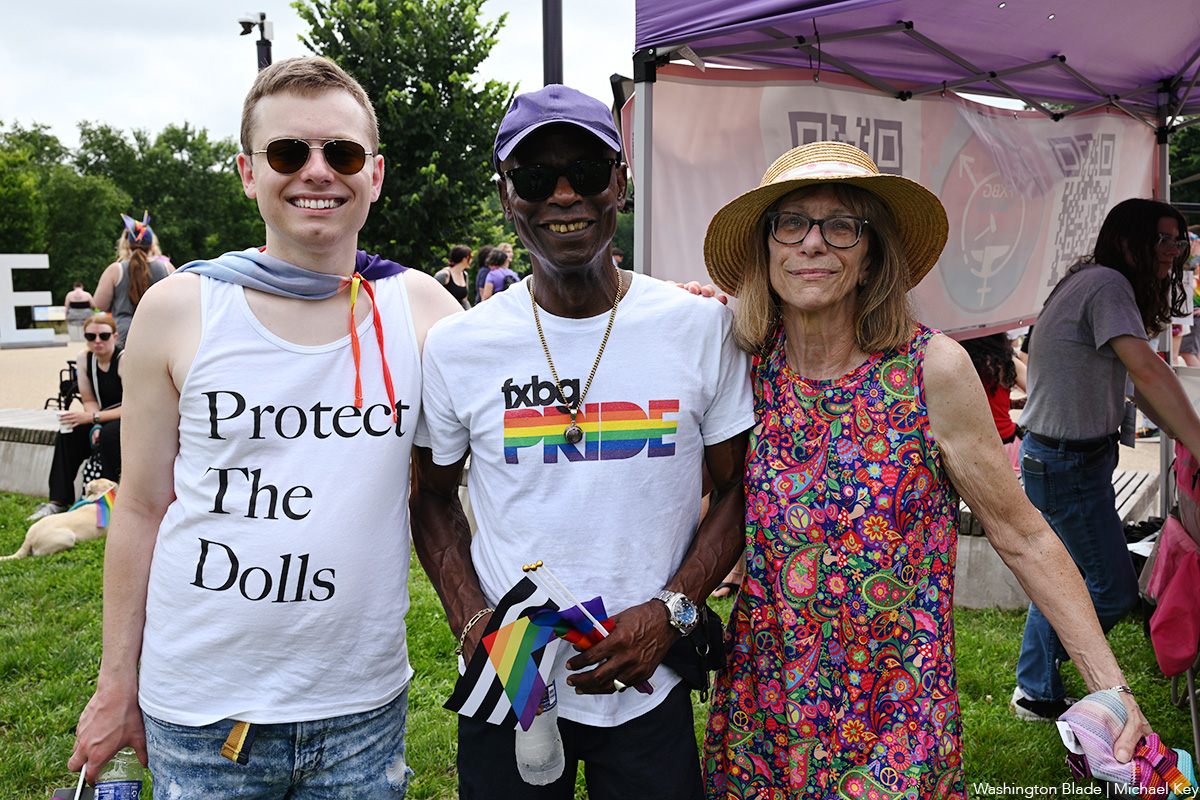
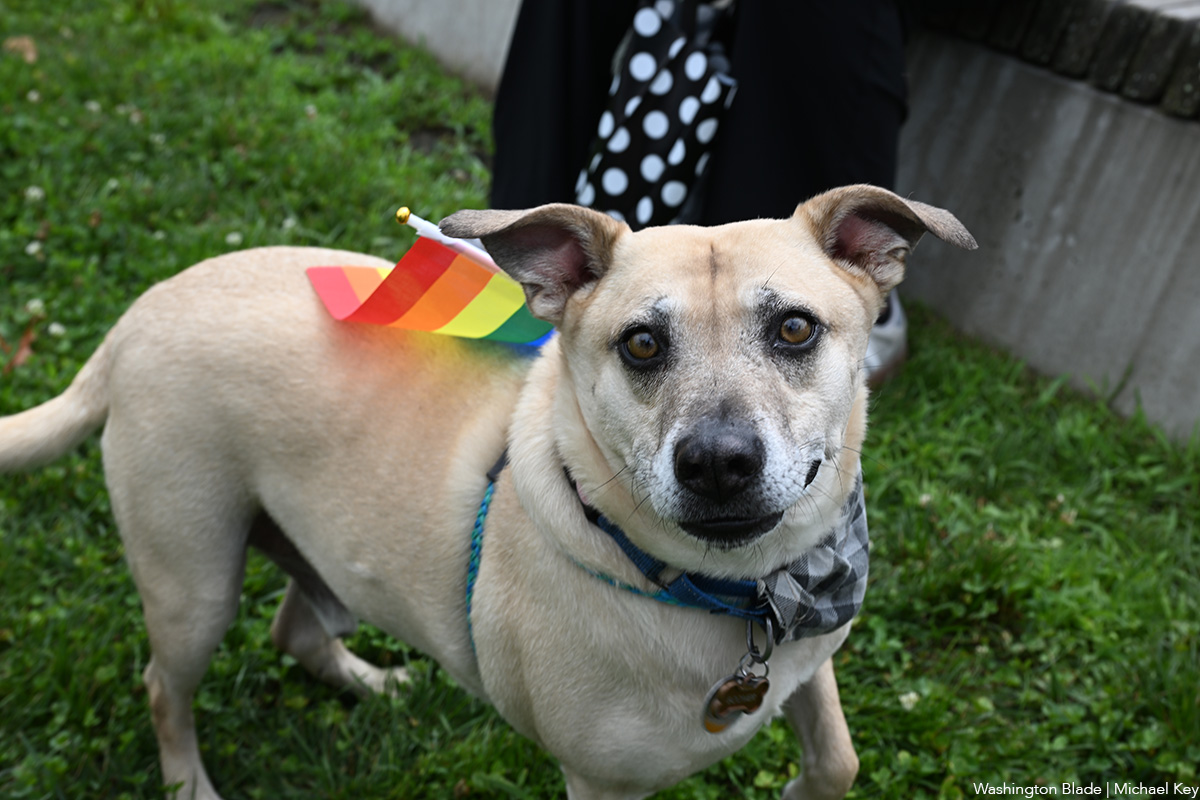
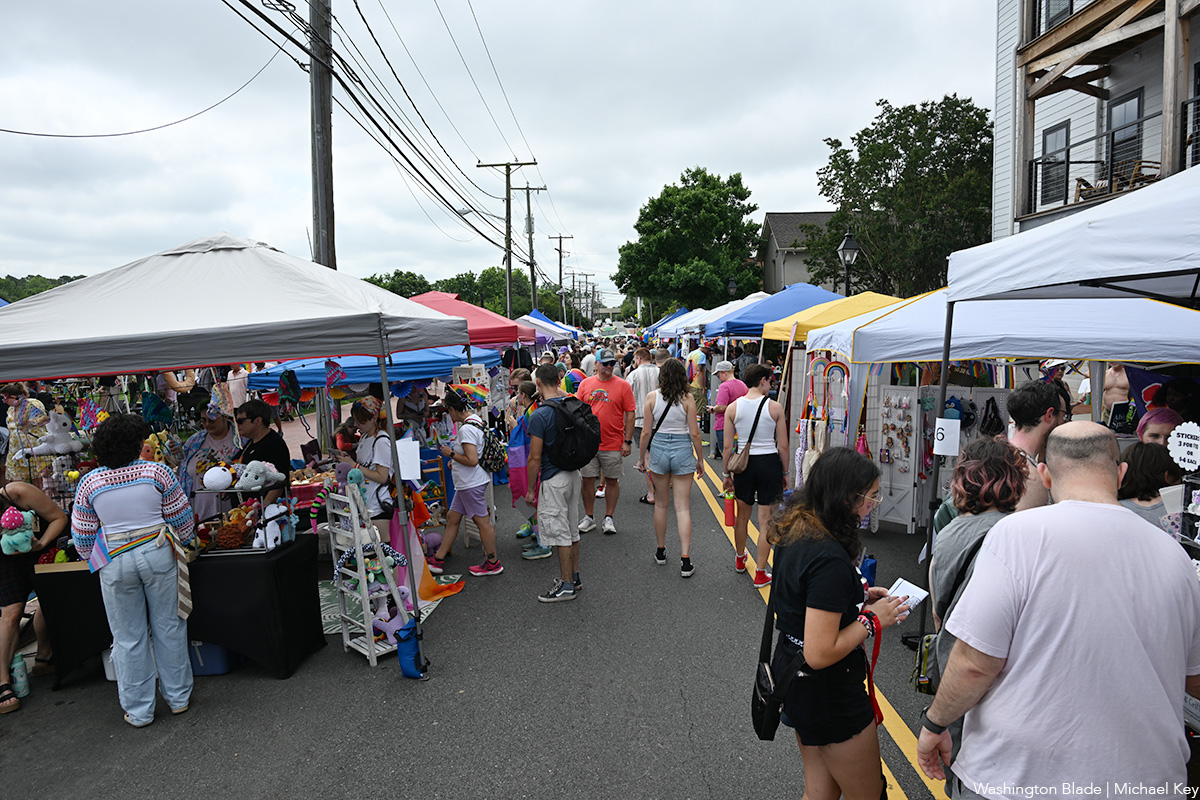
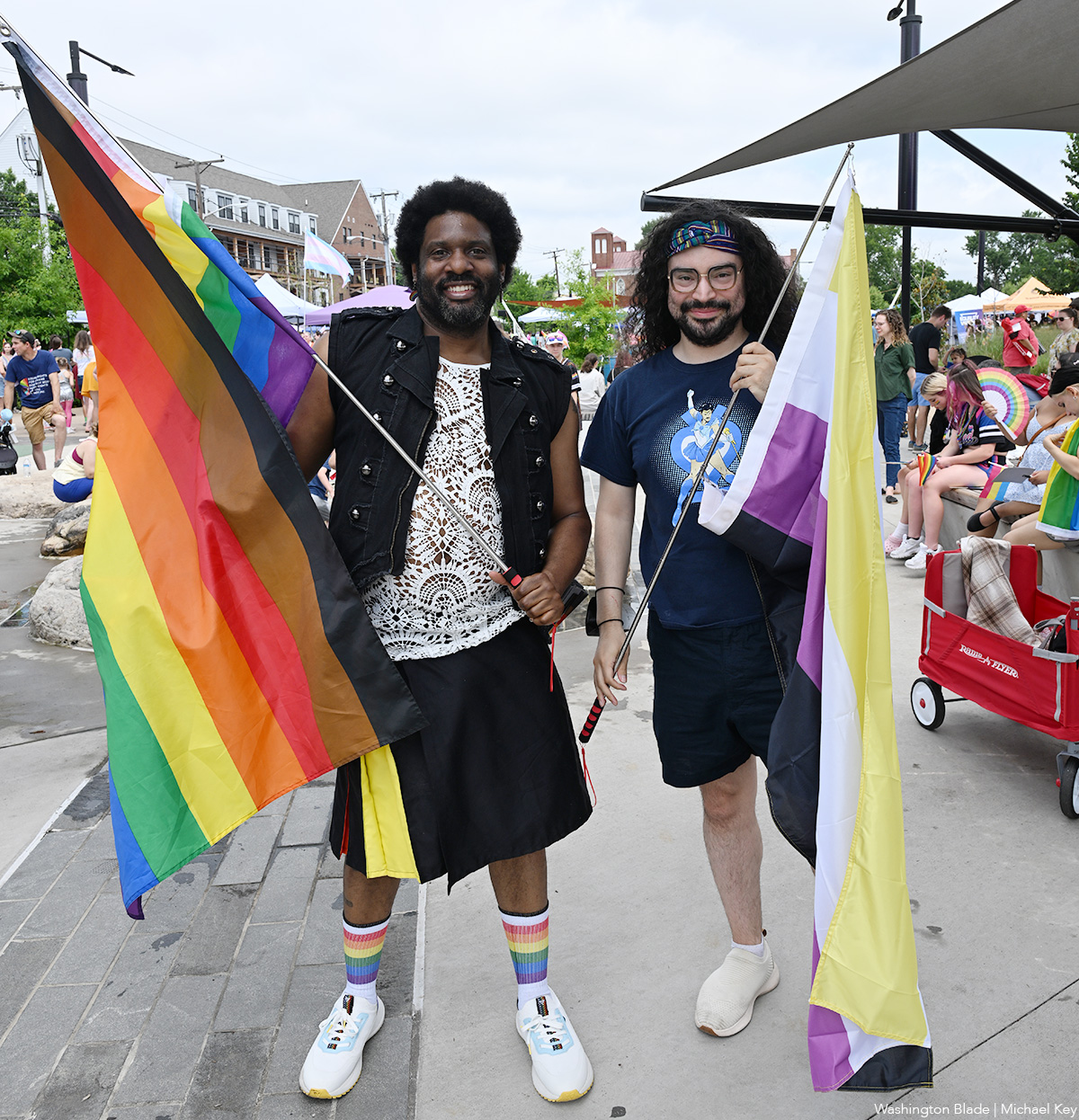
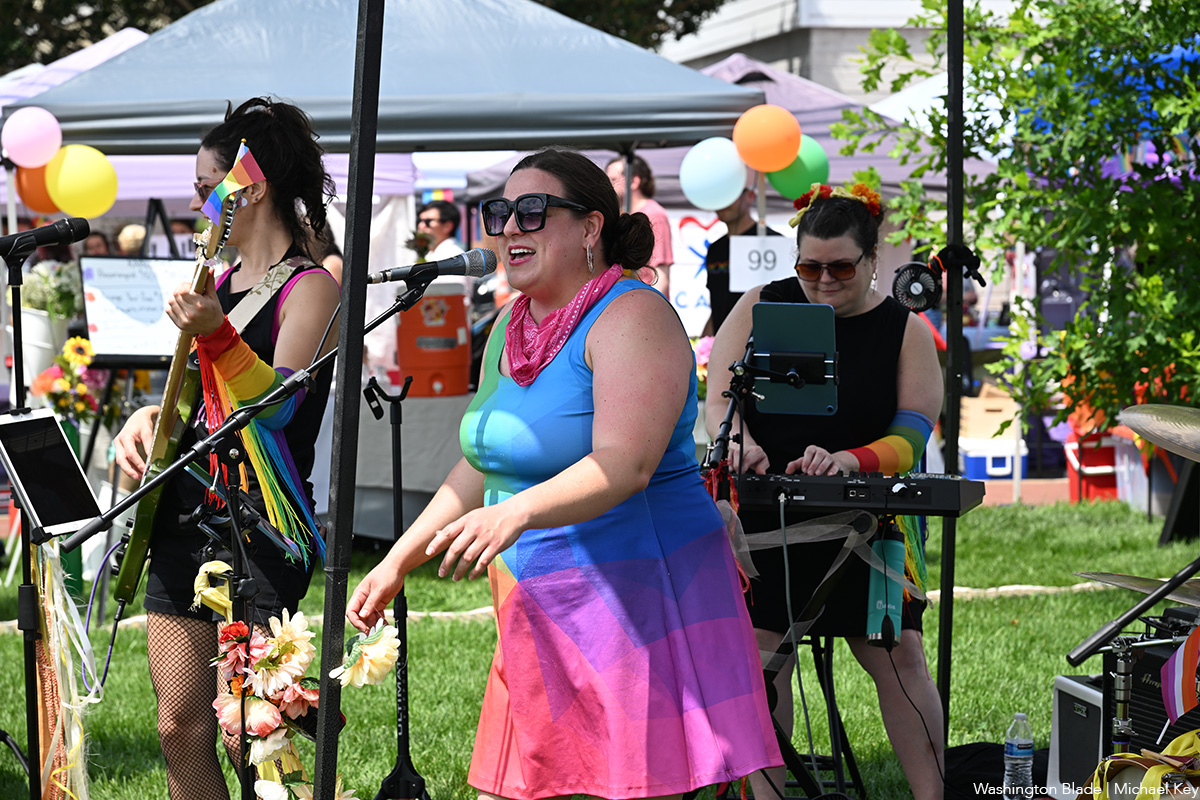
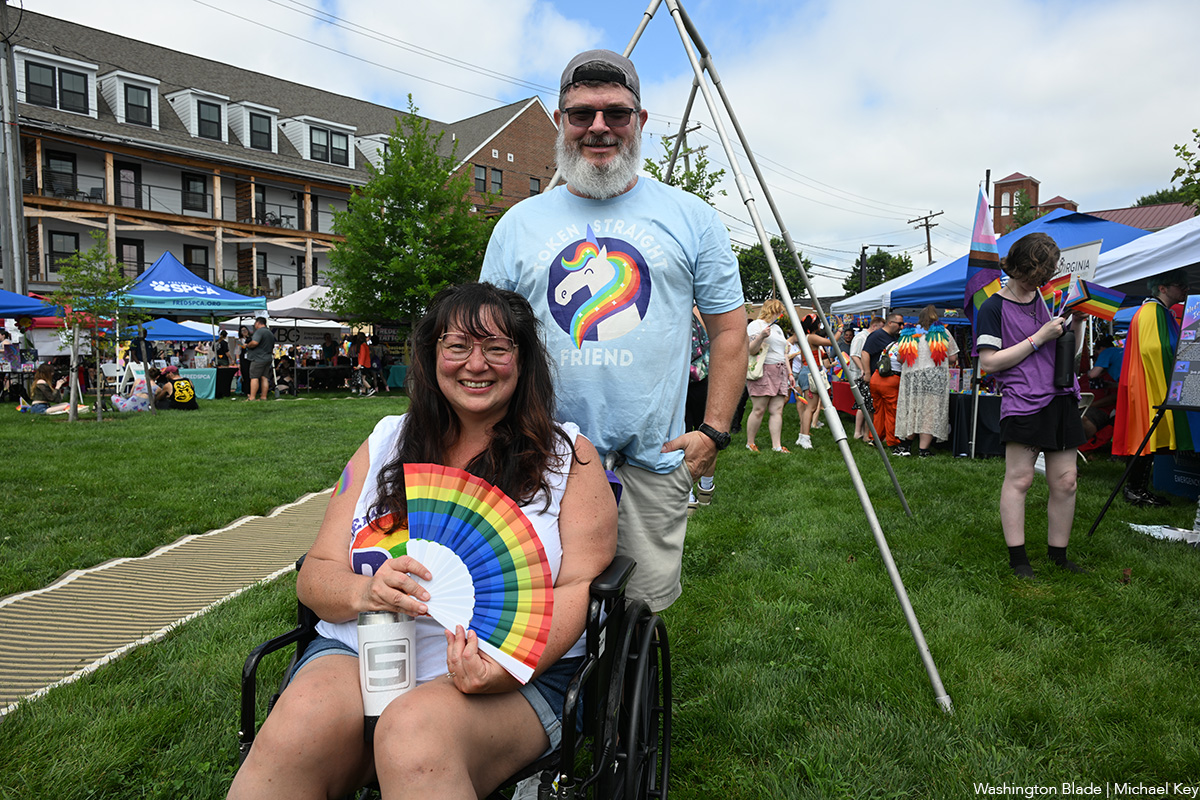
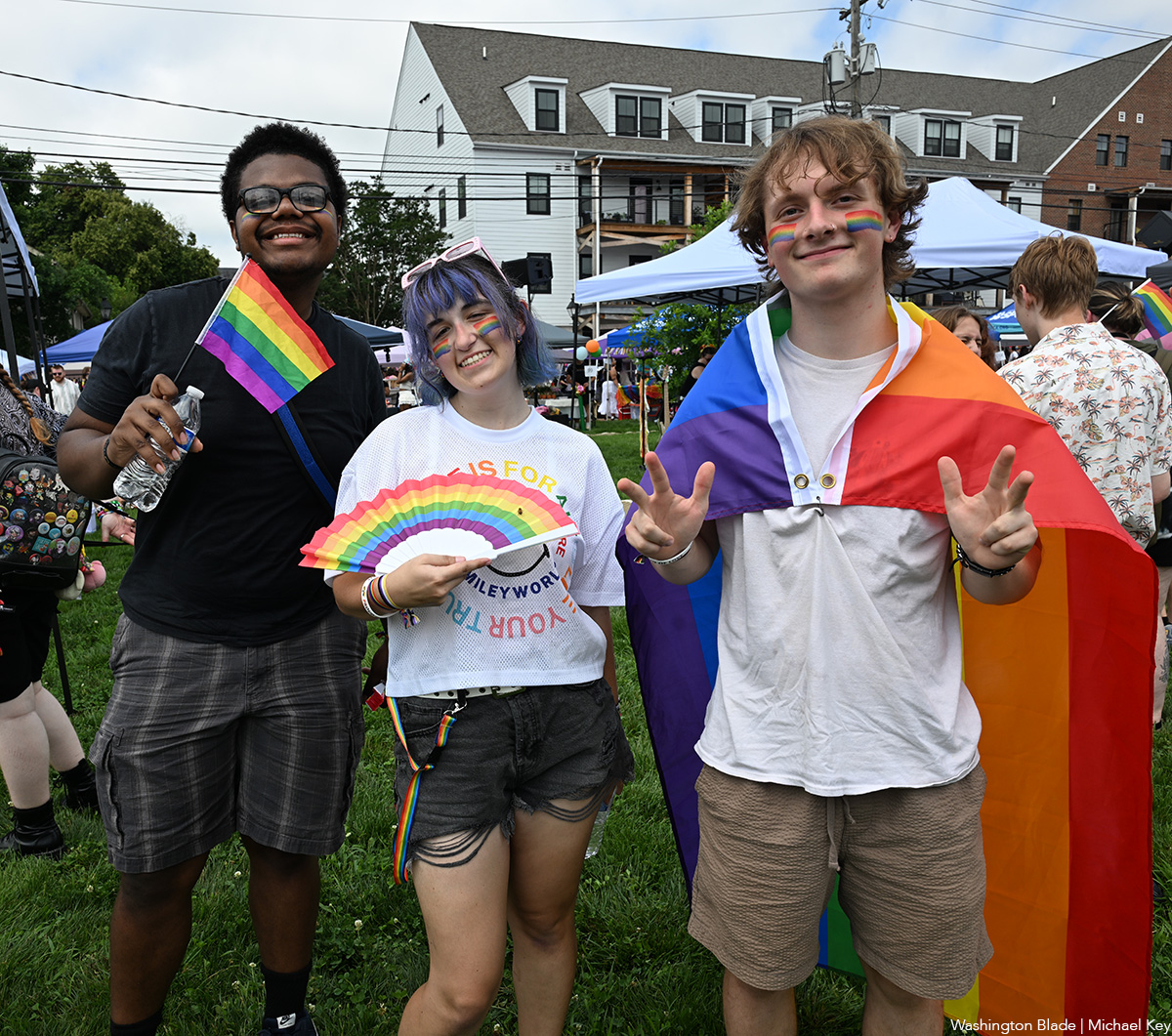
India
Anaya Bangar challenges ban on trans women in female cricket teams
Former Indian cricketer Sanjay Bangar’s daughter has received support
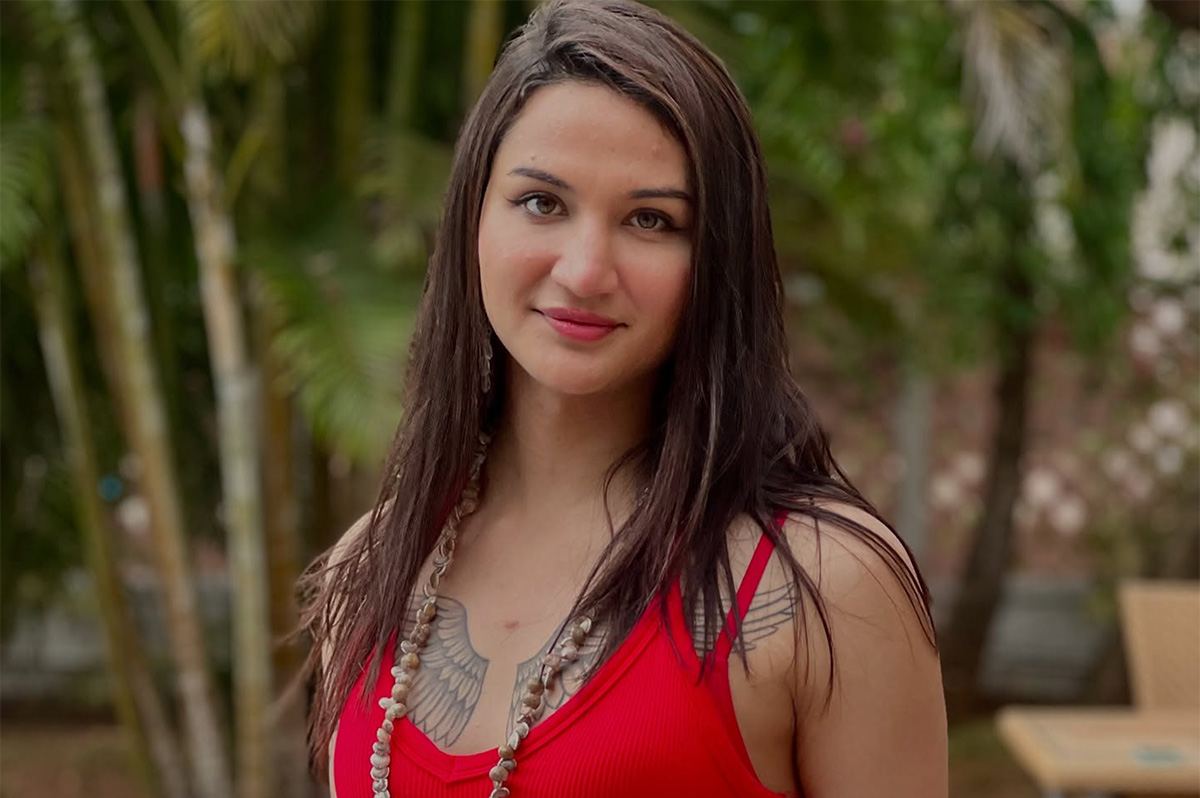
Anaya Bangar, the daughter of former Indian cricketer Sanjay Bangar, has partnered with the Manchester Metropolitan University Institute of Sport in the U.K. to assess her physiological profile following her gender-affirming surgery and undergoing hormone replacement therapy.
From January to March 2025, the 23-year-old underwent an eight-week research project that measured her glucose levels, oxygen uptake, muscle mass, strength, and endurance after extensive training.
The results, shared via Instagram, revealed her metrics align with those of cisgender female athletes, positioning her as eligible for women’s cricket under current scientific standards. Bangar’s findings challenge the International Cricket Council’s 2023 ban on transgender athletes in women’s cricket, prompting her to call for a science-based dialogue with the Board of Control for Cricket in India and the ICC to reform policies for transgender inclusion.
“I am talking with scientific evidence in my hand,” Bangar said in an interview posted to her Instagram page. “So, I hope, this makes an impact and I will be hoping to BCCI and ICC talking with me and discussing this further.”
On Nov. 21, 2023, the ICC enacted a controversial policy barring trans women from international women’s cricket. Finalized after a board meeting in Ahmedabad, India, the regulation prohibits any trans player who has experienced male puberty from competing, irrespective of gender-affirming surgery or hormone therapy. Developed through a 9-month consultation led by the ICC’s Medical Advisory Committee, the rule aims to safeguard the “integrity, safety, and fairness” of women’s cricket but has drawn criticism for excluding athletes like Canada’s Danielle McGahey, the first trans woman to play internationally. The policy, which allows domestic boards to set their own rules, is slated for review by November 2025.
Bangar shared a document on social media verifying her participation in a physiological study at the Manchester Metropolitan University Institute of Sport, conducted from Jan. 20 to March 3, 2025, focused on cricket performance. The report confirmed that her vital metrics — including haemoglobin, blood glucose, peak power, and mean power — aligned with those of cisgender female athletes. Initially, her fasting blood glucose measured 6.1 mmol/L, slightly above the typical non-diabetic range of 4.0–5.9 mmol/L, but subsequent tests showed it normalized, reinforcing the study’s findings that her physical profile meets female athletic standards.
“I am submitting this to the BCCI and ICC, with full transparency and hope,” said Bangar. “My only intention is to start a conversation based on facts not fear. To build space, not divide it.”
In a letter to the BCCI and the ICC, Bangar emphasized her test results from the Manchester Metropolitan University study. She explained that the research aimed to assess how hormone therapy had influenced her strength, stamina, haemoglobin, glucose levels, and overall performance, benchmarked directly against cisgender female athletic standards.
Bangar’s letter to the BCCI and the ICC clarified the Manchester study was not intended as a political statement but as a catalyst for a science-driven dialogue on fairness and inclusion in cricket. She emphasized the importance of prioritizing empirical data over assumptions to shape equitable policies for trans athletes in the sport.
Bangar urged the BCCI, the world’s most influential cricket authority, to initiate a formal dialogue on trans women’s inclusion in women’s cricket, rooted in medical science, performance metrics, and ethical fairness. She called for the exploration of eligibility pathways based on sport-specific criteria, such as haemoglobin thresholds, testosterone suppression timelines, and standardized performance testing. Additionally, she advocated for collaboration with experts, athletes, and legal advisors to develop policies that balance inclusivity with competitive integrity.
“I am releasing my report and story publicly not for sympathy, but for truth. Because inclusion does not mean ignoring fairness, it means measuring it, transparently and responsibly,” said Bangar in a letter to the BCCI. “I would deeply appreciate the opportunity to meet with you or a representative of the BCCI or ICC to present my findings, discuss possible policy pathways, and work towards a future where every athlete is evaluated based on real data, not outdated perceptions.”
Before her transition, Bangar competed for Islam Gymkhana in Mumbai and Hinckley Cricket Club in the U.K., showcasing her talent in domestic cricket circuits. Her father, Sanjay Bangar, was a dependable all-rounder for the Indian national cricket team from 2001 to 2004, playing 12 test matches and 15 One Day Internationals. He later served as a batting coach for the Indian team from 2014 to 2019, contributing to its strategic development.
Cricket in India is a cultural phenomenon, commanding a fanbase of more than 1 billion, with more than 80 percent of global cricket viewership originating from the country.
The International Cricket Council, the sport’s governing body, oversees 12 full member nations and more than 90 associate members, with the U.S. recently gaining associate member status in 2019 and co-hosting the 2024 ICC Men’s T20 World Cup. The BCCI generated approximately $2.25 billion in revenue in the 2023–24 financial year, primarily from the Indian Premier League, bilateral series, and ICC revenue sharing. The ICC earns over $3 billion from media rights in India alone for the 2024–27 cycle, contributing nearly 90 percent of its global media rights revenue, with the BCCI receiving 38.5 percent of the ICC’s annual earnings, approximately $231 million per year.
Women’s cricket in India enjoys a growing fanbase, with over 300 million viewers for the Women’s Premier League in 2024, making it a significant driver of the sport’s global popularity. The International Cricket Council oversees women’s cricket in 12 full member nations and over 90 associate members, with the U.S. fielding a women’s team since gaining associate status in 2019 and competing in ICC events like the 2024 Women’s T20 World Cup qualifiers. The BCCI invests heavily in women’s cricket, allocating approximately $60 million annually to the WPL and domestic programs in 2024–25, while contributing to the ICC’s $20 million budget for women’s cricket development globally. India’s media market for women’s cricket, including WPL broadcasting rights, generated $120 million in 2024, accounting for over 50 percent of the ICC’s women’s cricket media revenue.
“As a woman, I feel when someone says that they are women, then they are, be trans or cis. A trans woman is definitely the same as a cis woman emotionally and in vitals, and specially, when someone is on hormone replacement therapy. Stopping Anaya Bangar from playing is discrimination and violation of her rights. It is really sad and painful that every transwoman need to fight and prove their identity everywhere,” said Indrani Chakraborty, an LGBTQ rights activist and a mother of a trans woman. “If ICC and BCCI is stopping her from playing for being transgender, then I will say this to be their lack of awareness and of course the social mindsets which deny acceptance.”
Chakraborty told the Blade that Bangar is an asset, no matter what. She said that the women’s cricket team will only benefit by participation, but the discriminating policies are the hindrance.
“Actually the transgender community face such discrimination in every sphere. In spite of being potent, they face rejection. This is highly inhuman. These attitudes is regressive and will never let to prosper. Are we really in 2025?,” said Chakraborty. “We, our mindset and the society are the issues. We, as a whole, need to get aware and have to come together for getting justice for Anaya. If today, we remain silent, the entire community will be oppressed. Proper knowledge of gender issues need to be understood.”
The BCCI and the International Cricket Council have not responded to the Blade’s repeated requests for comment.
-

 U.S. Supreme Court5 days ago
U.S. Supreme Court5 days agoSupreme Court upholds ACA rule that makes PrEP, other preventative care free
-

 U.S. Supreme Court5 days ago
U.S. Supreme Court5 days agoSupreme Court rules parents must have option to opt children out of LGBTQ-specific lessons
-
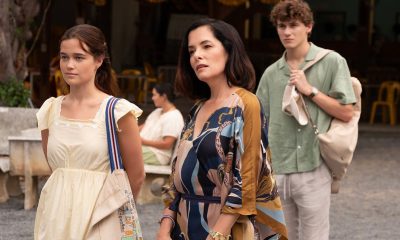
 Television5 days ago
Television5 days ago‘White Lotus,’ ‘Severance,’ ‘Andor’ lead Dorian TV Awards noms
-
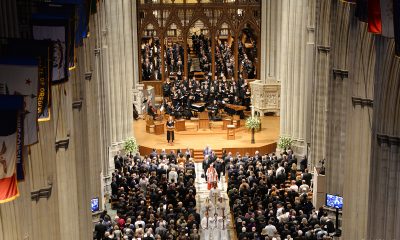
 Music & Concerts5 days ago
Music & Concerts5 days agoBerkshire Choral to commemorate Matthew Shepard’s life



